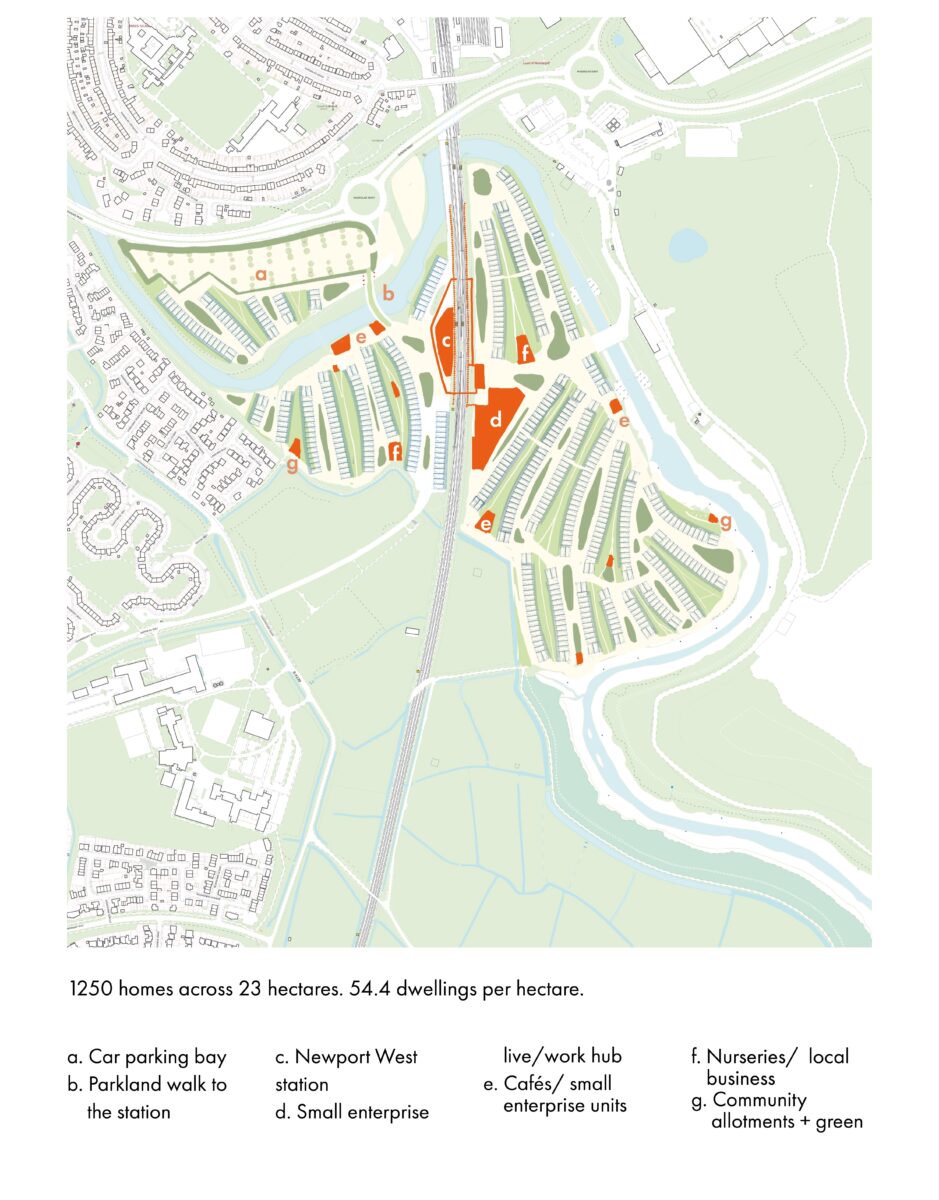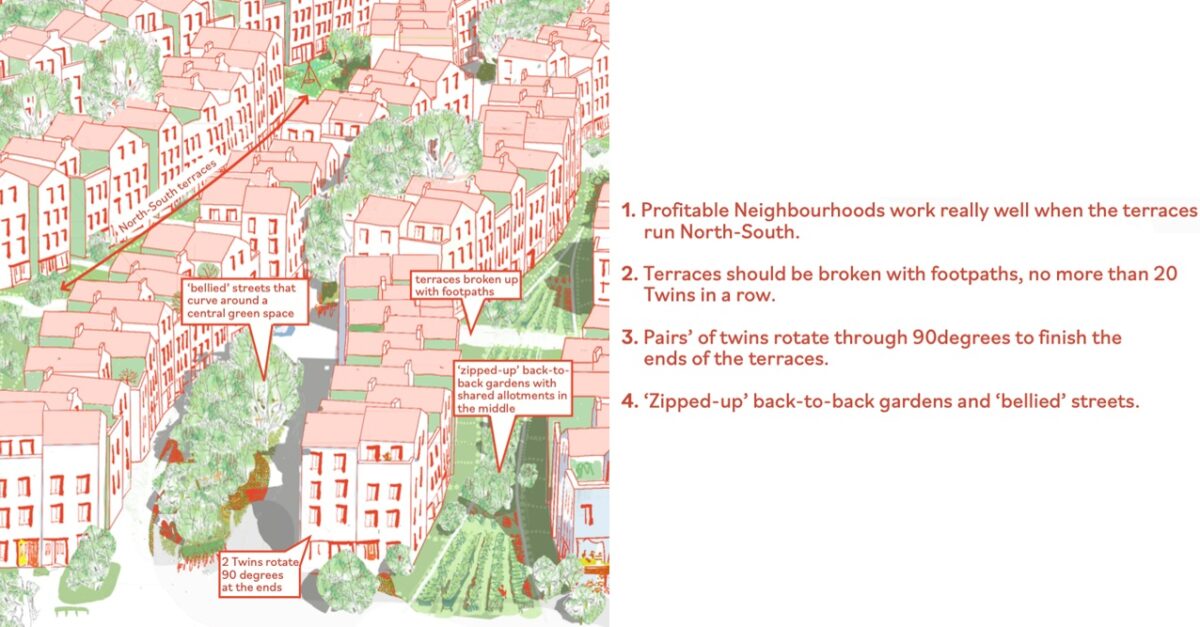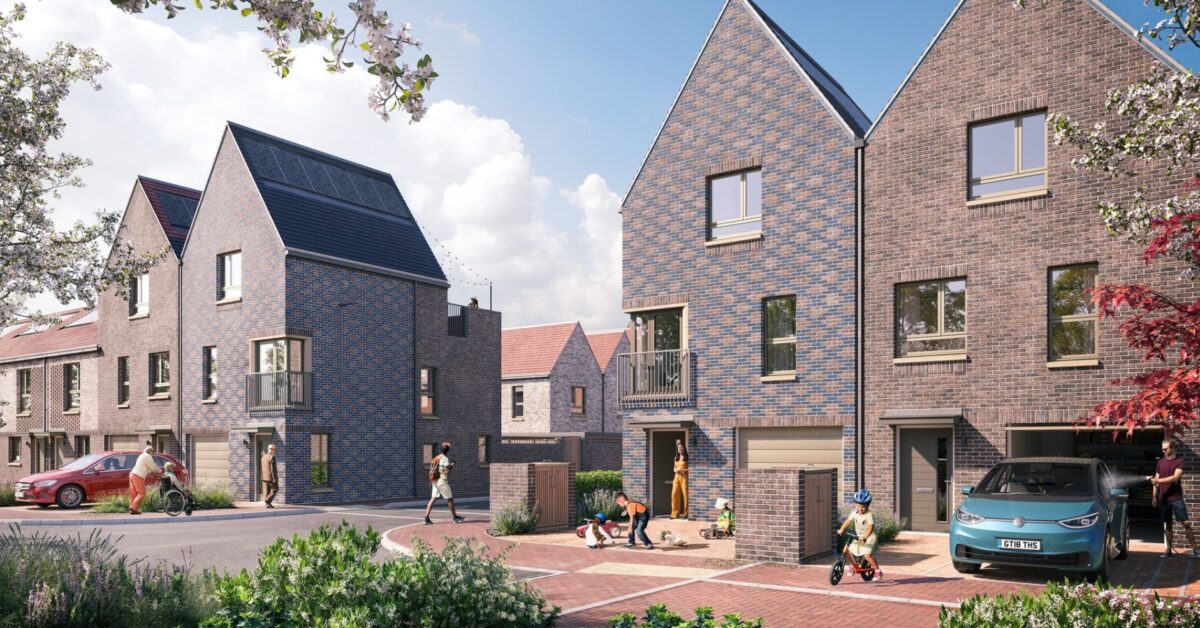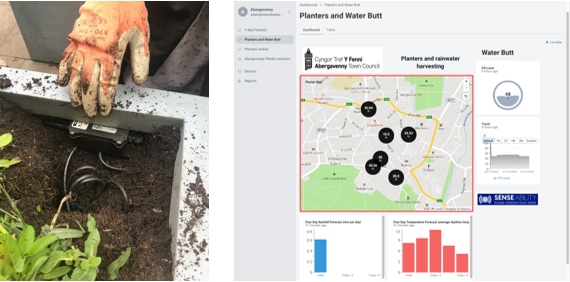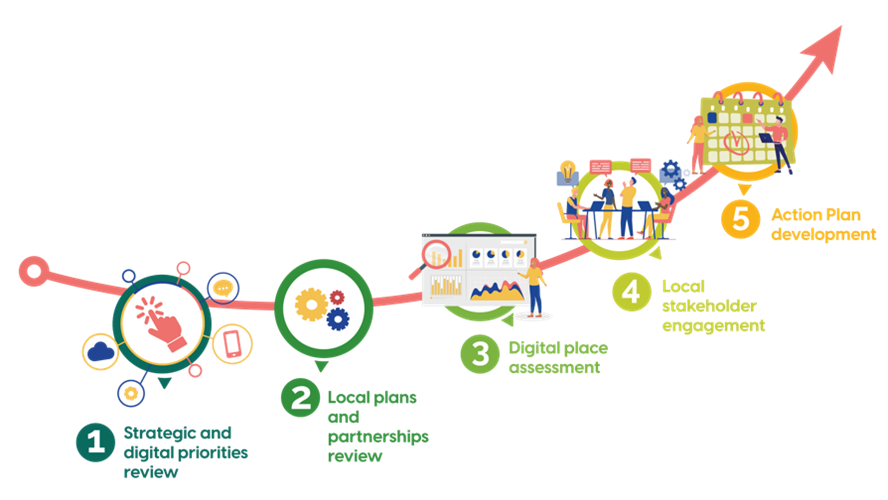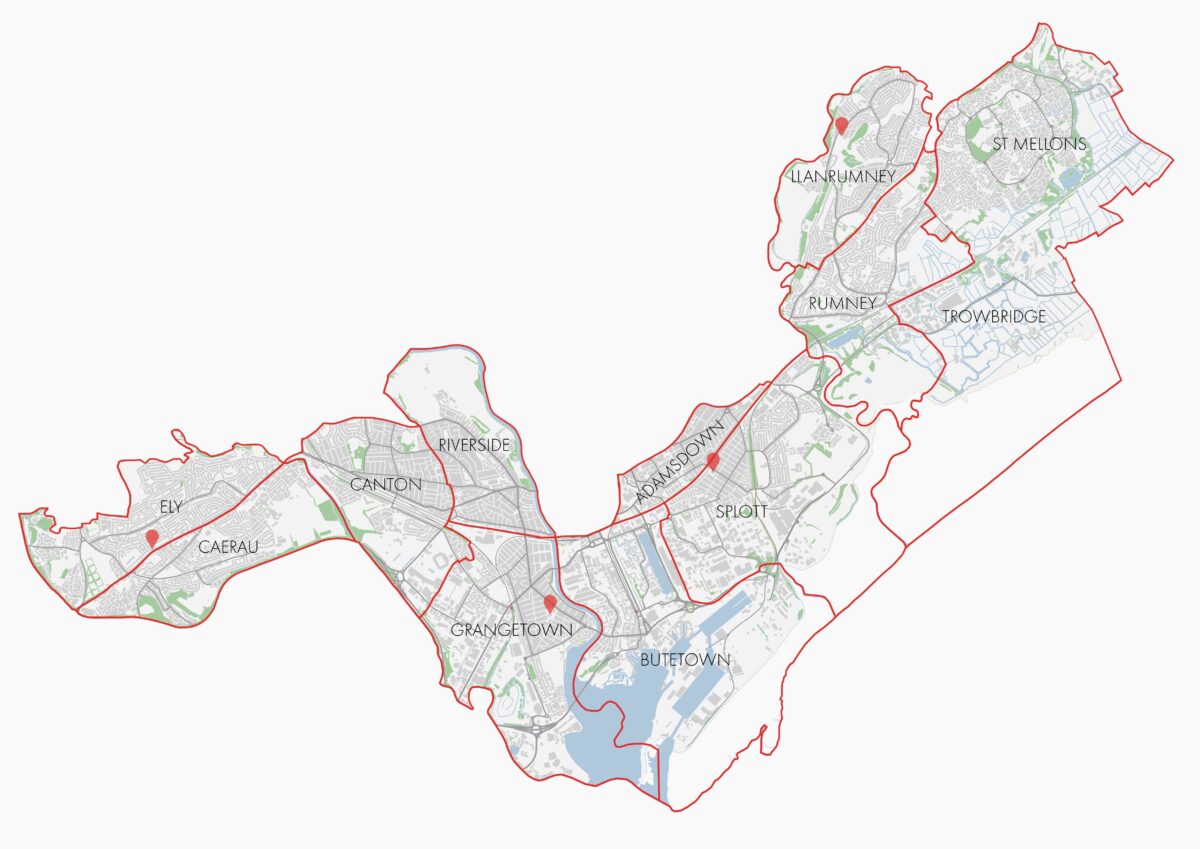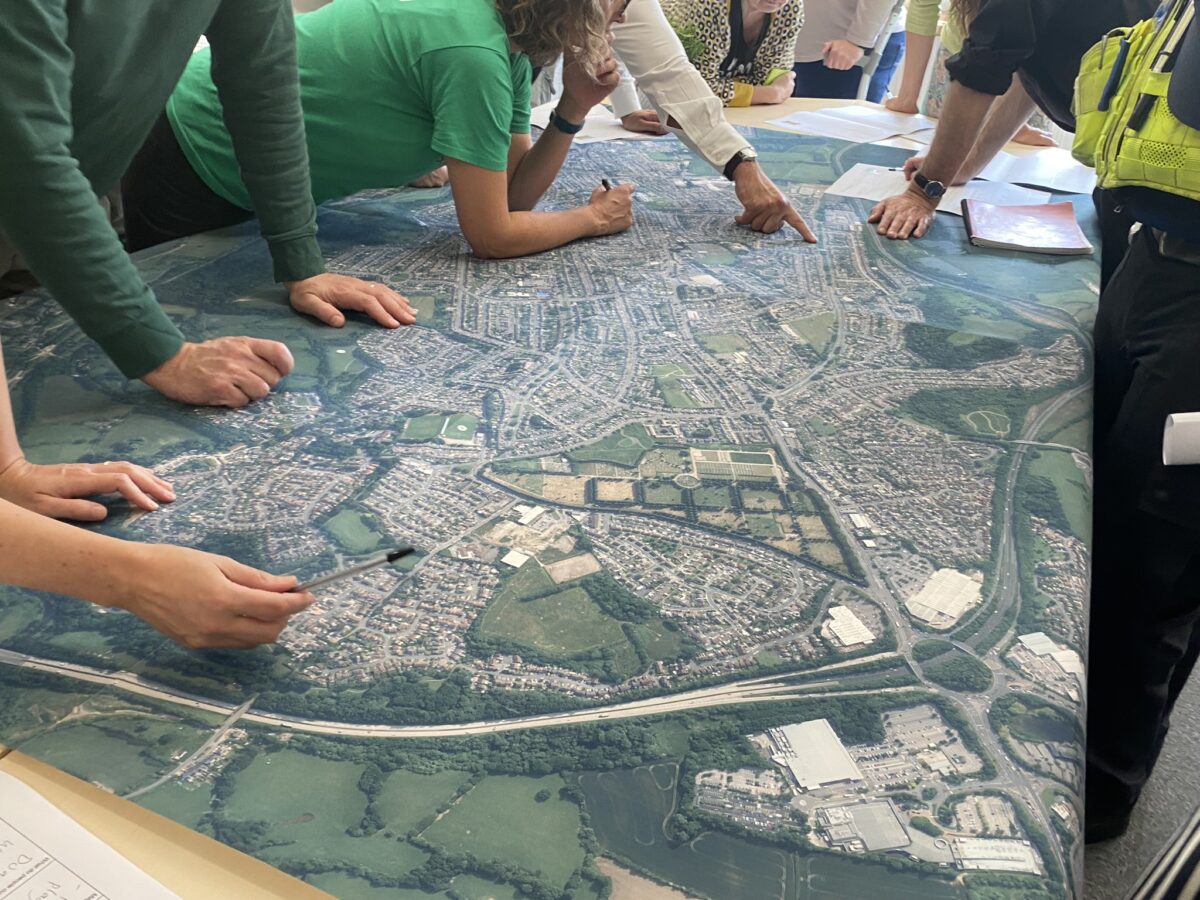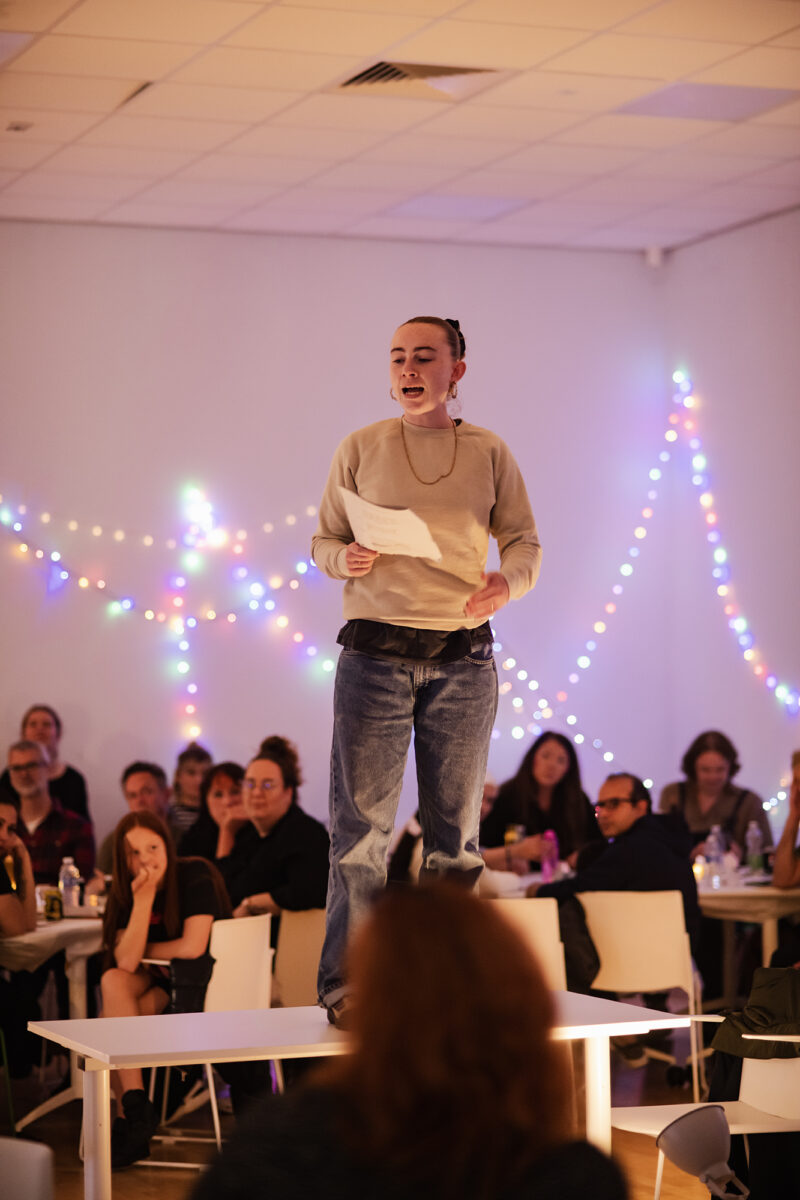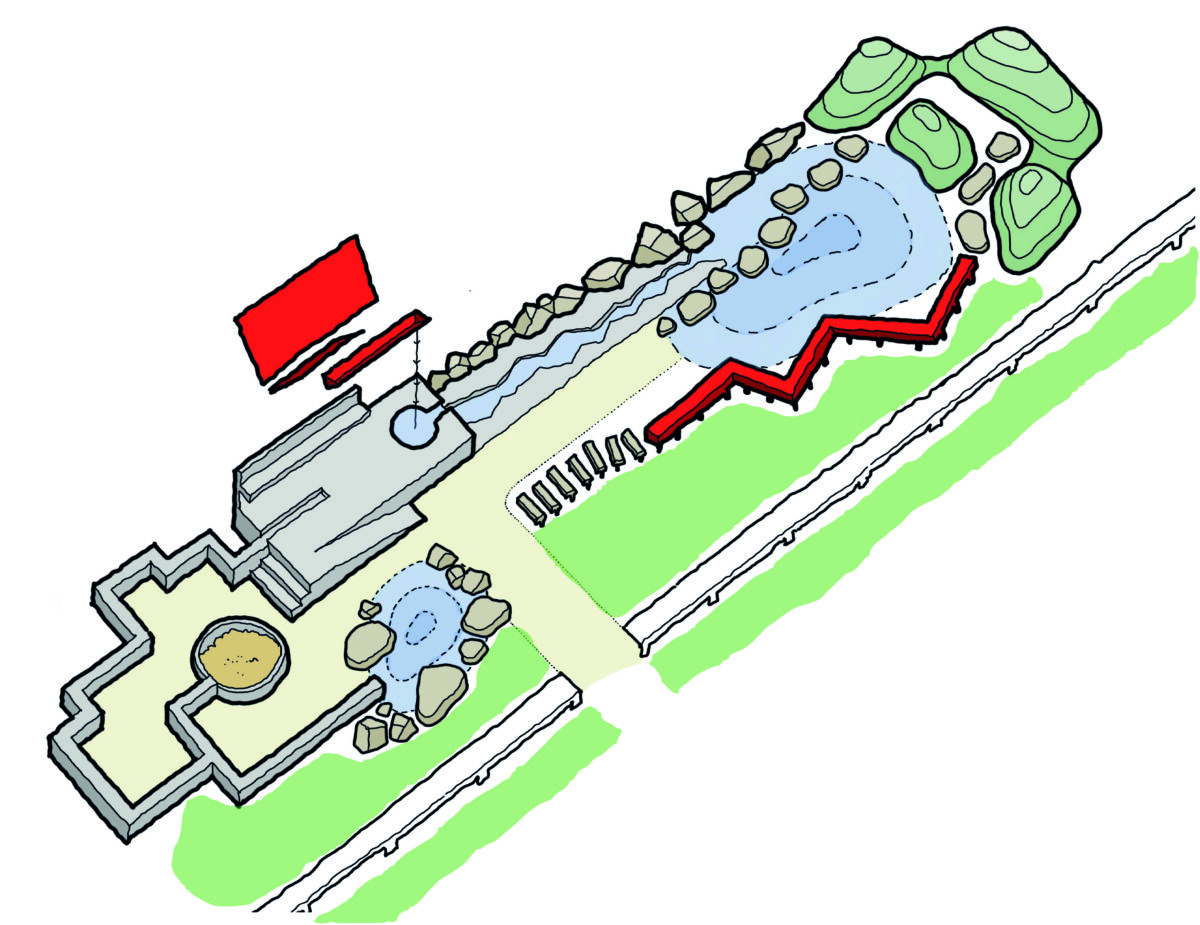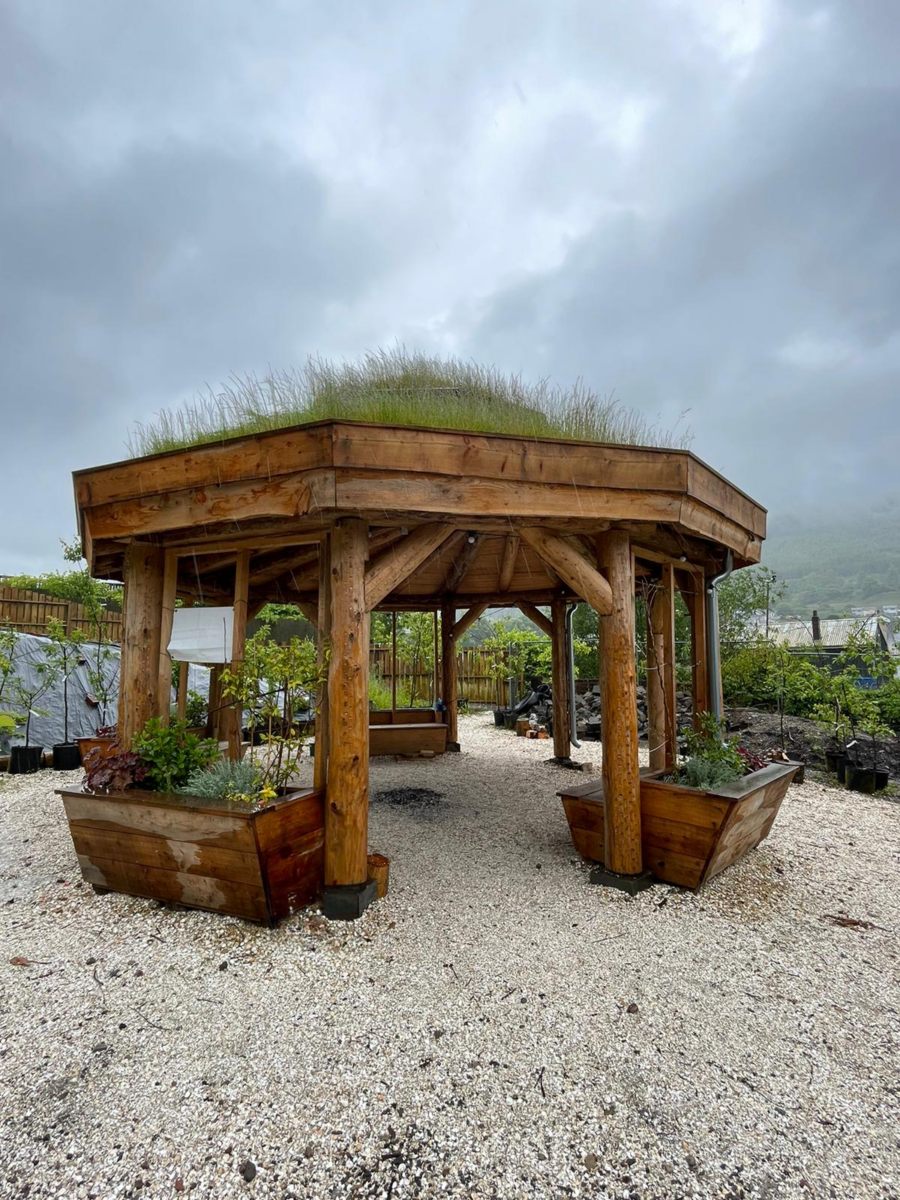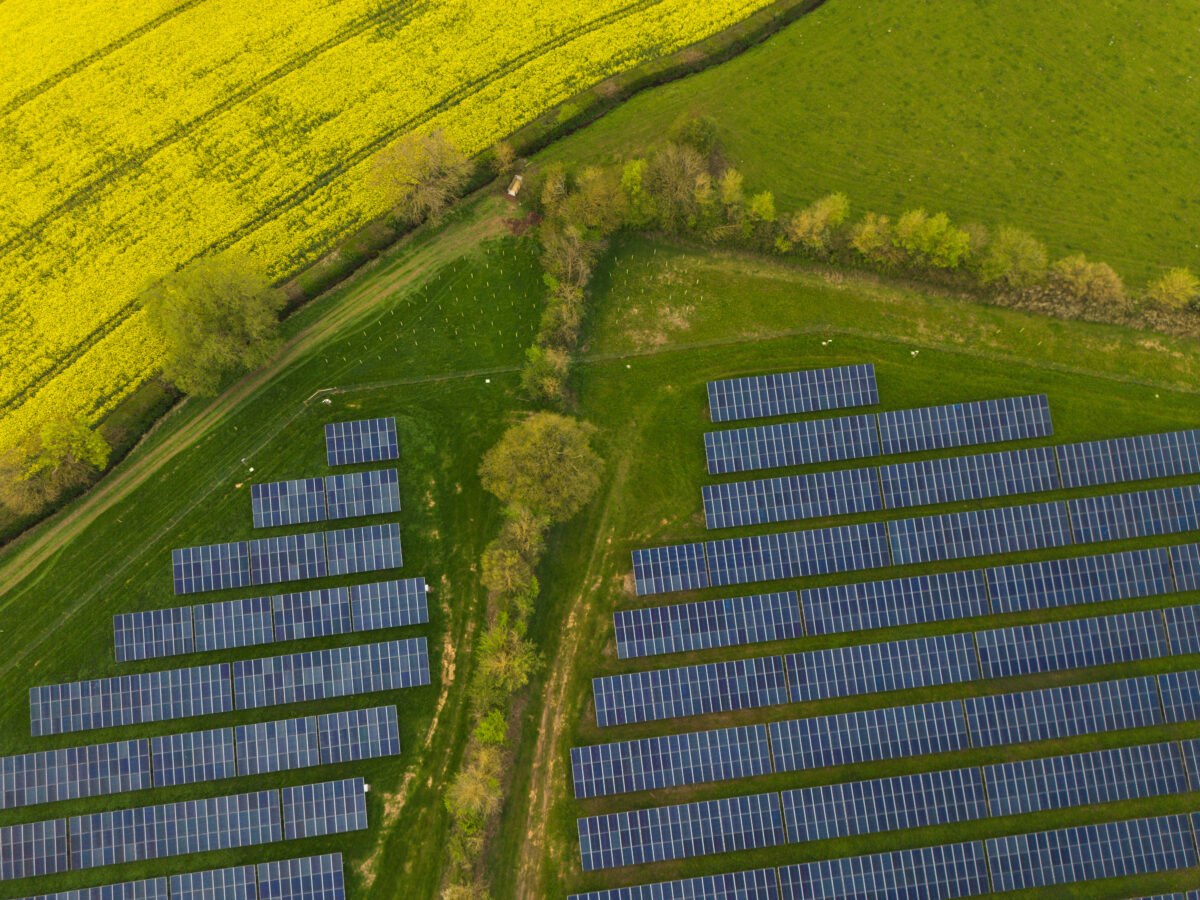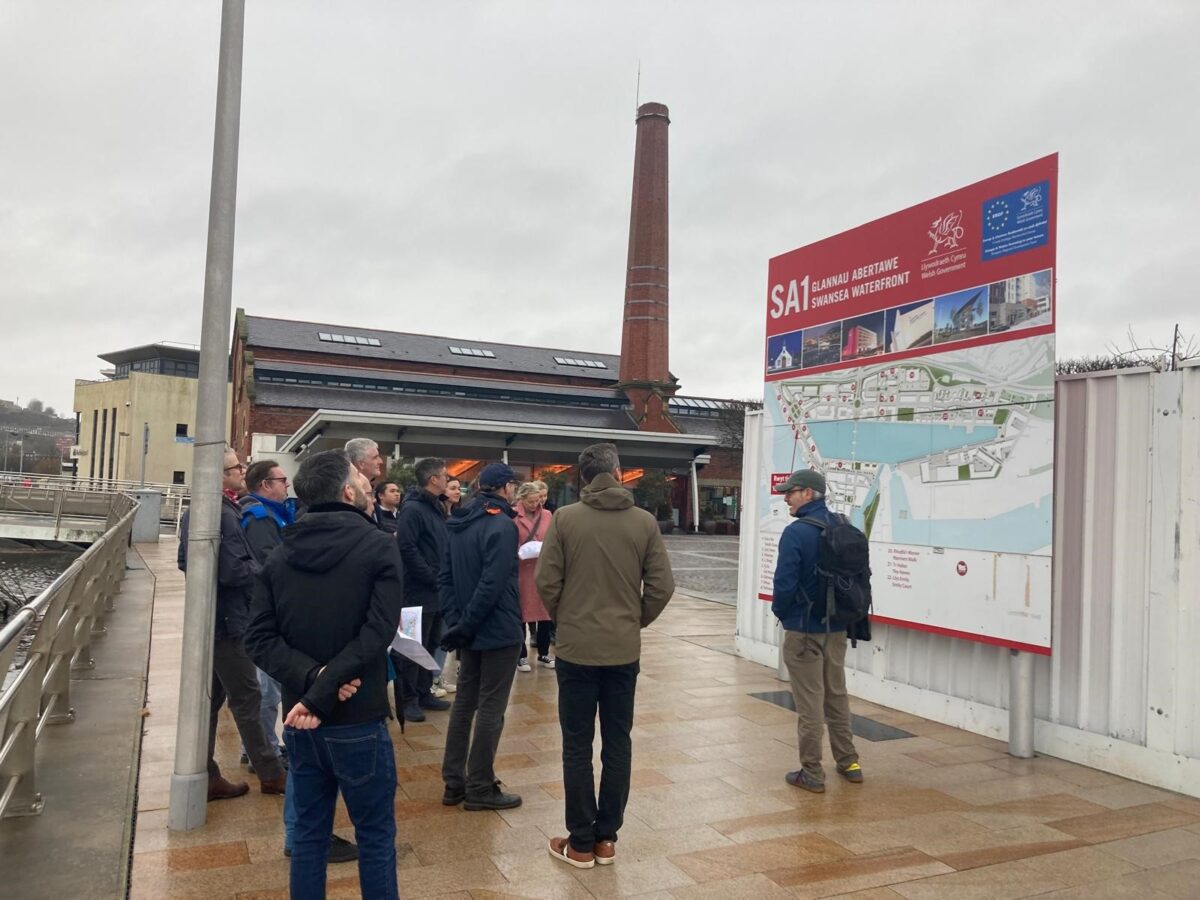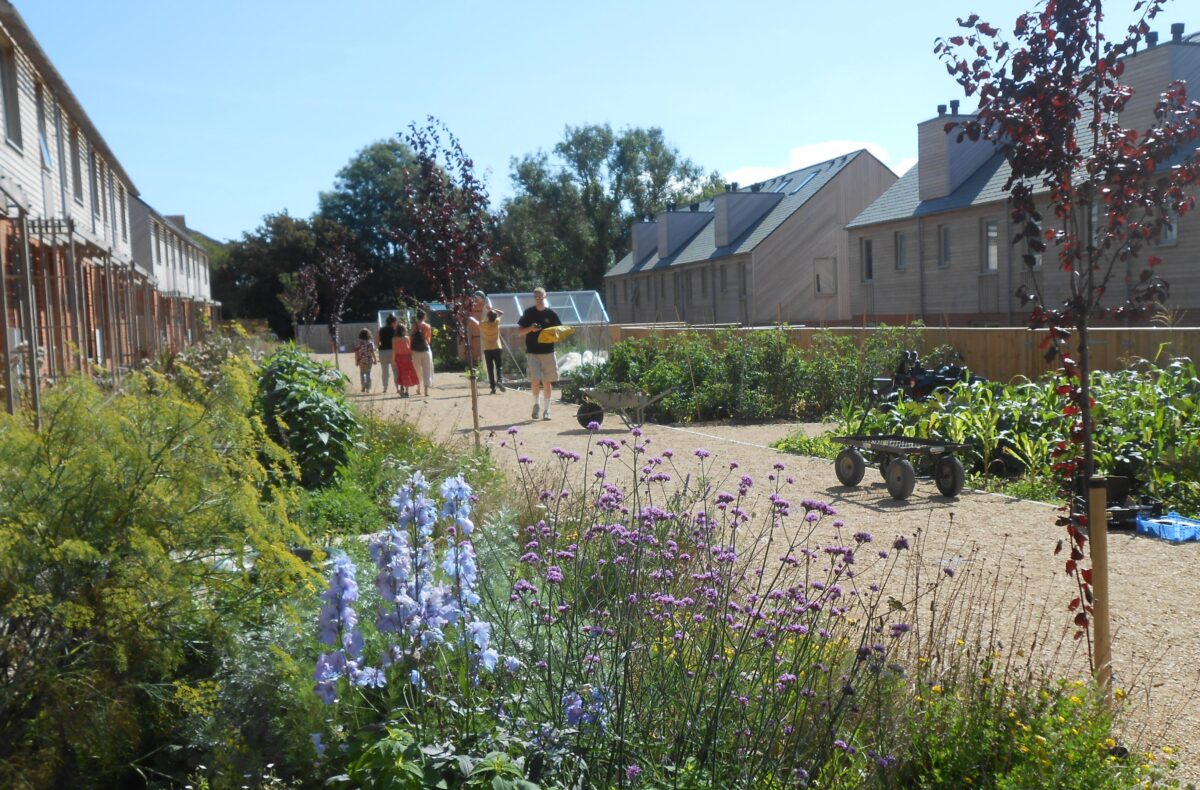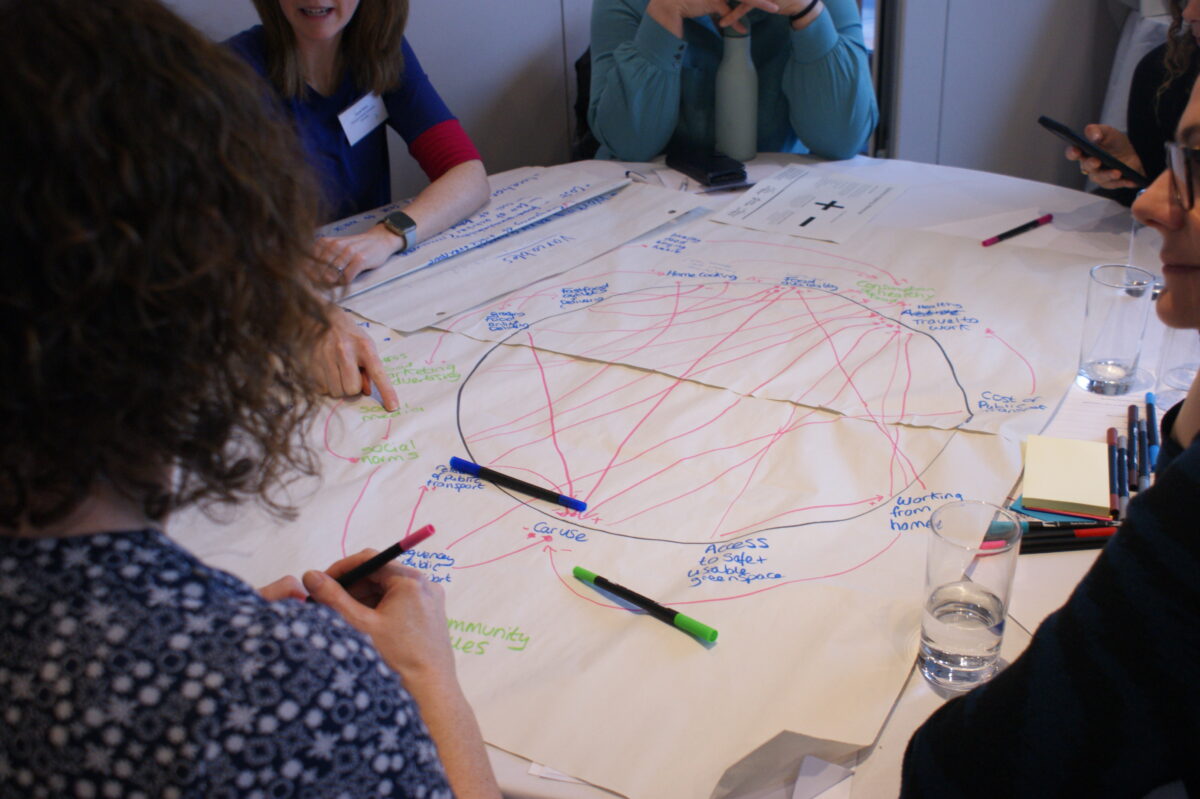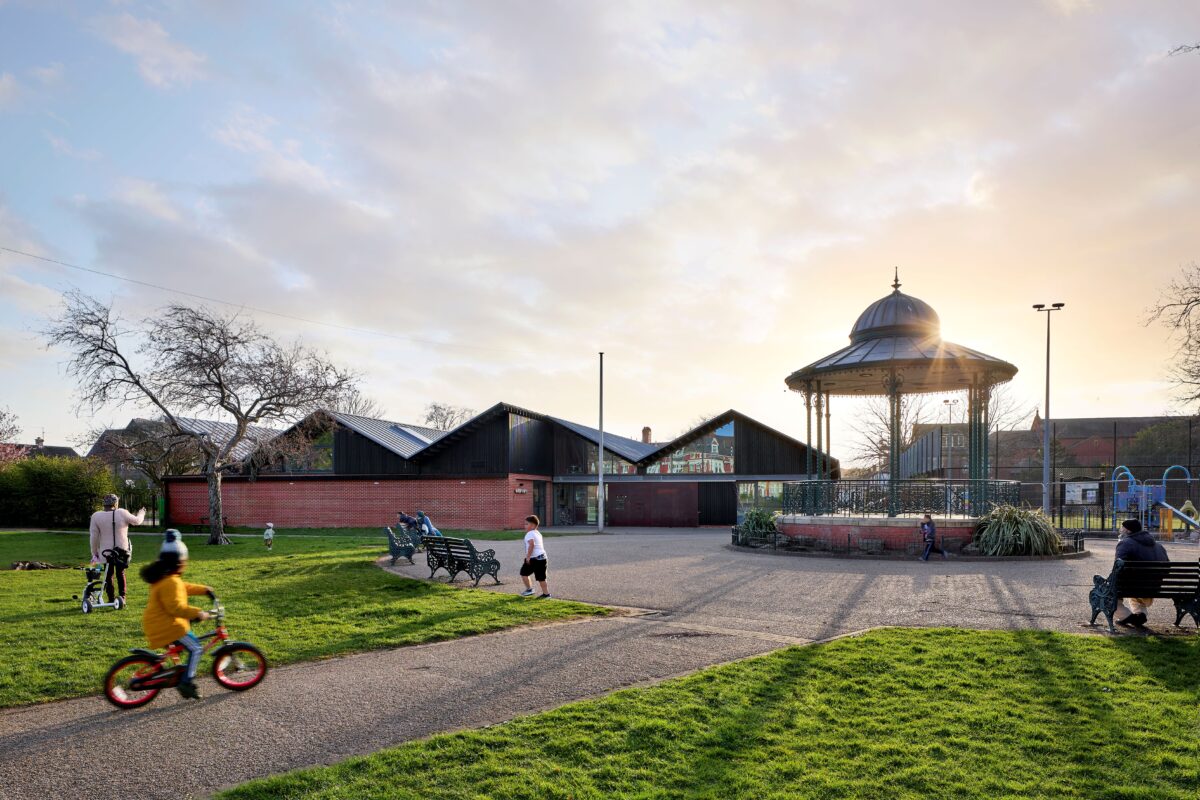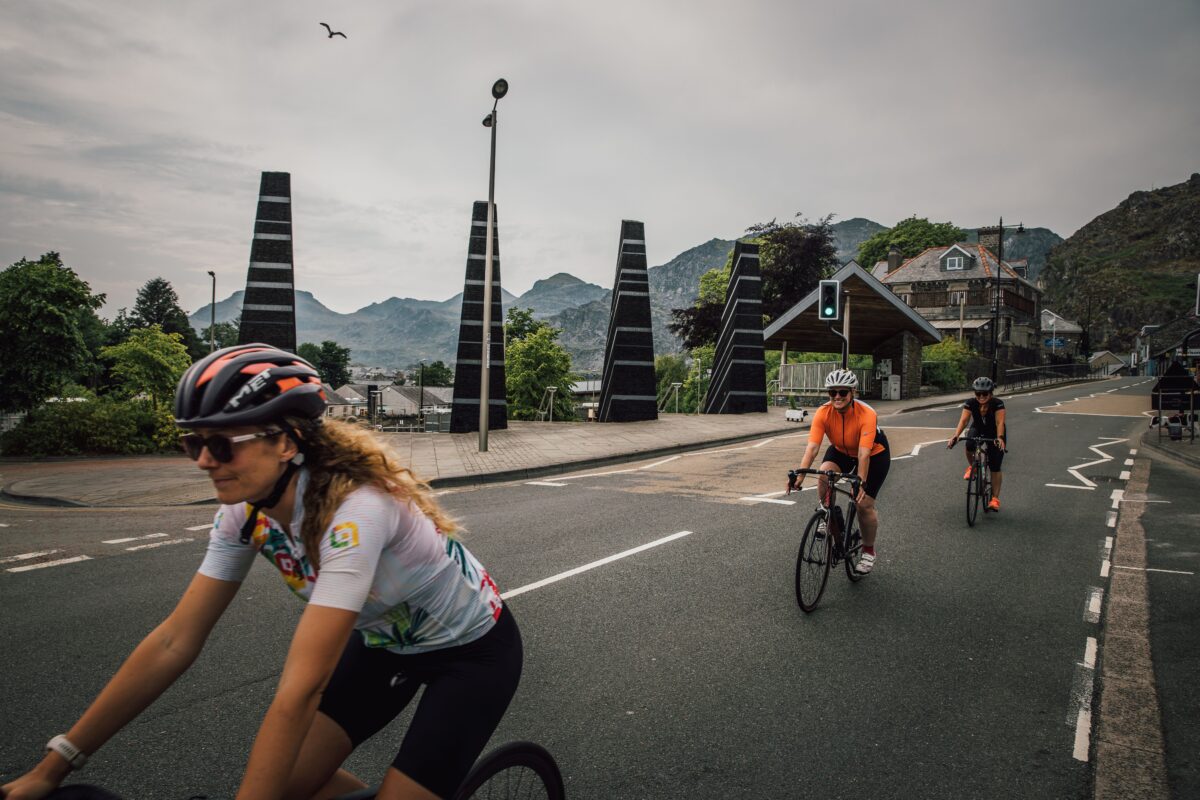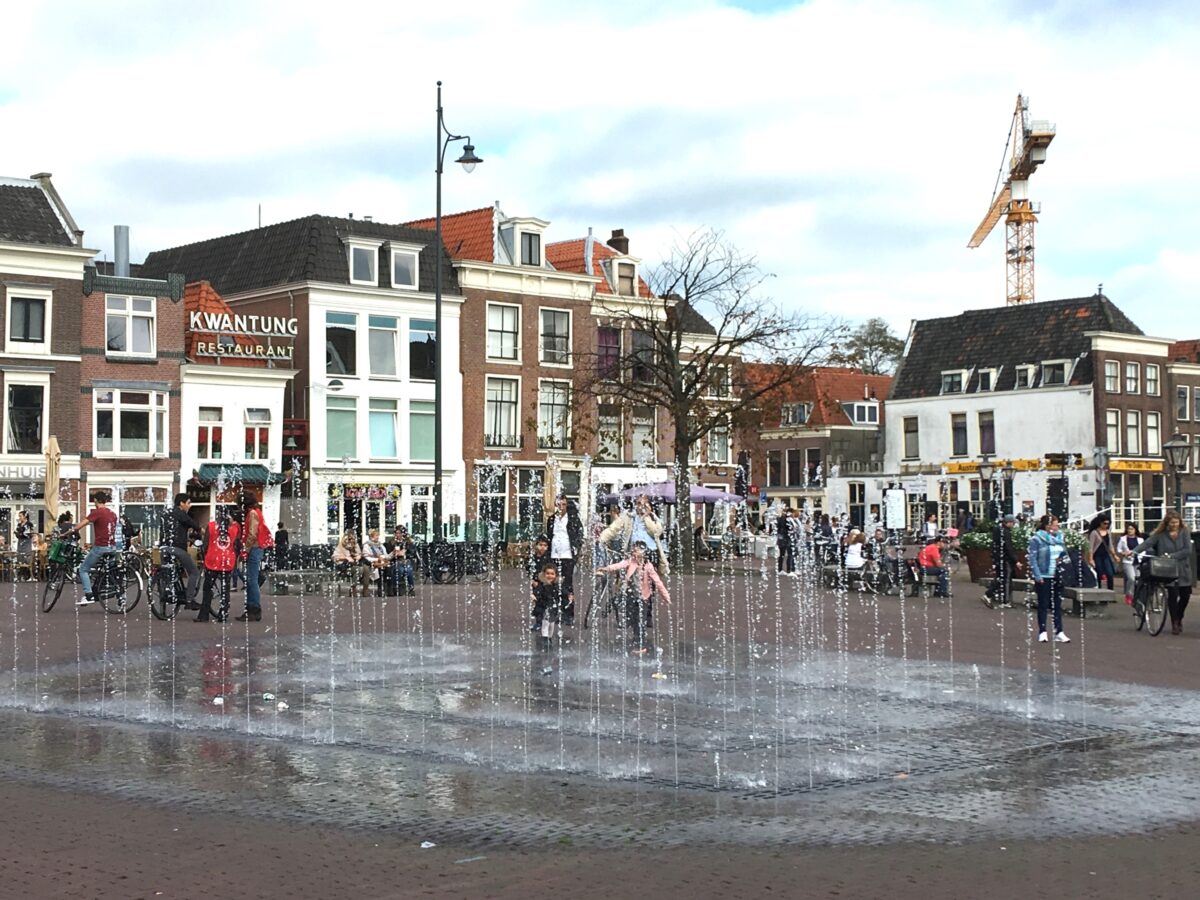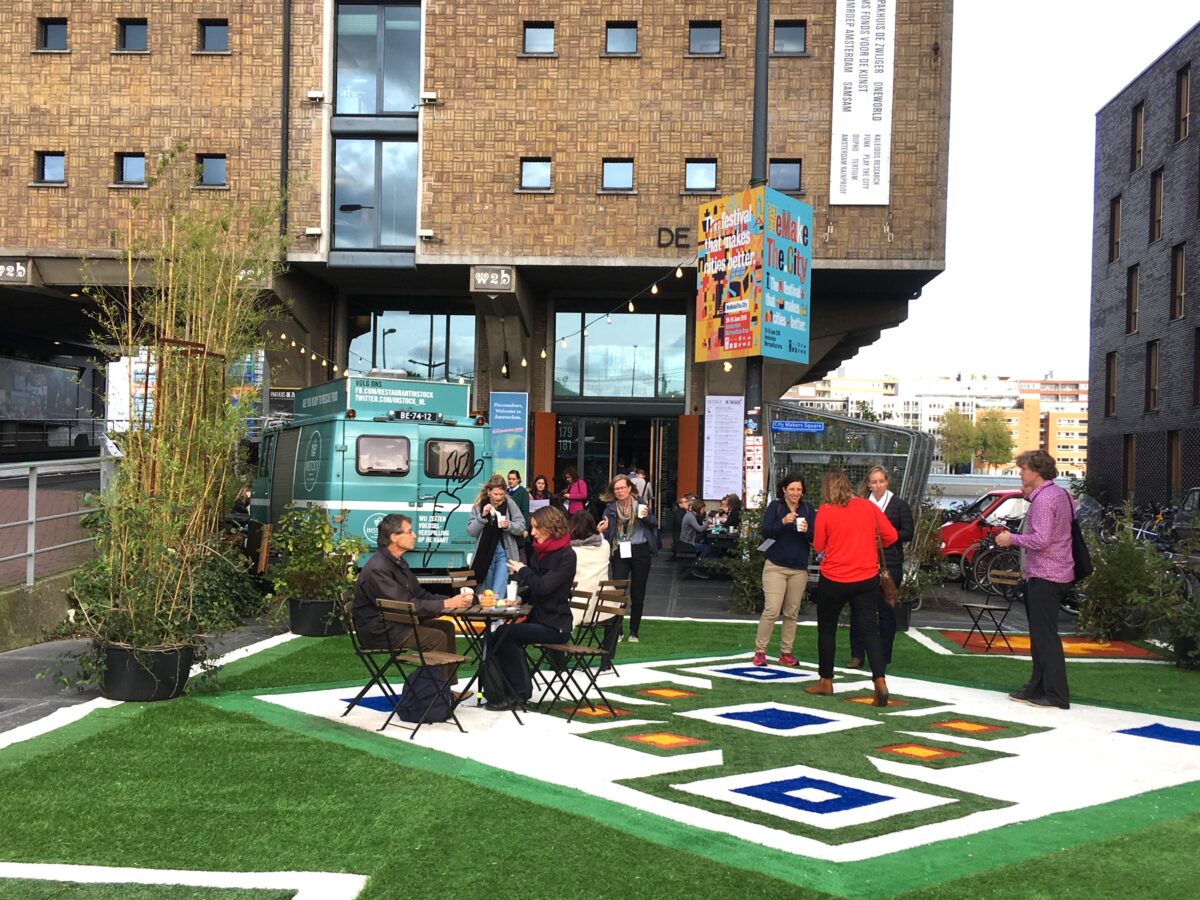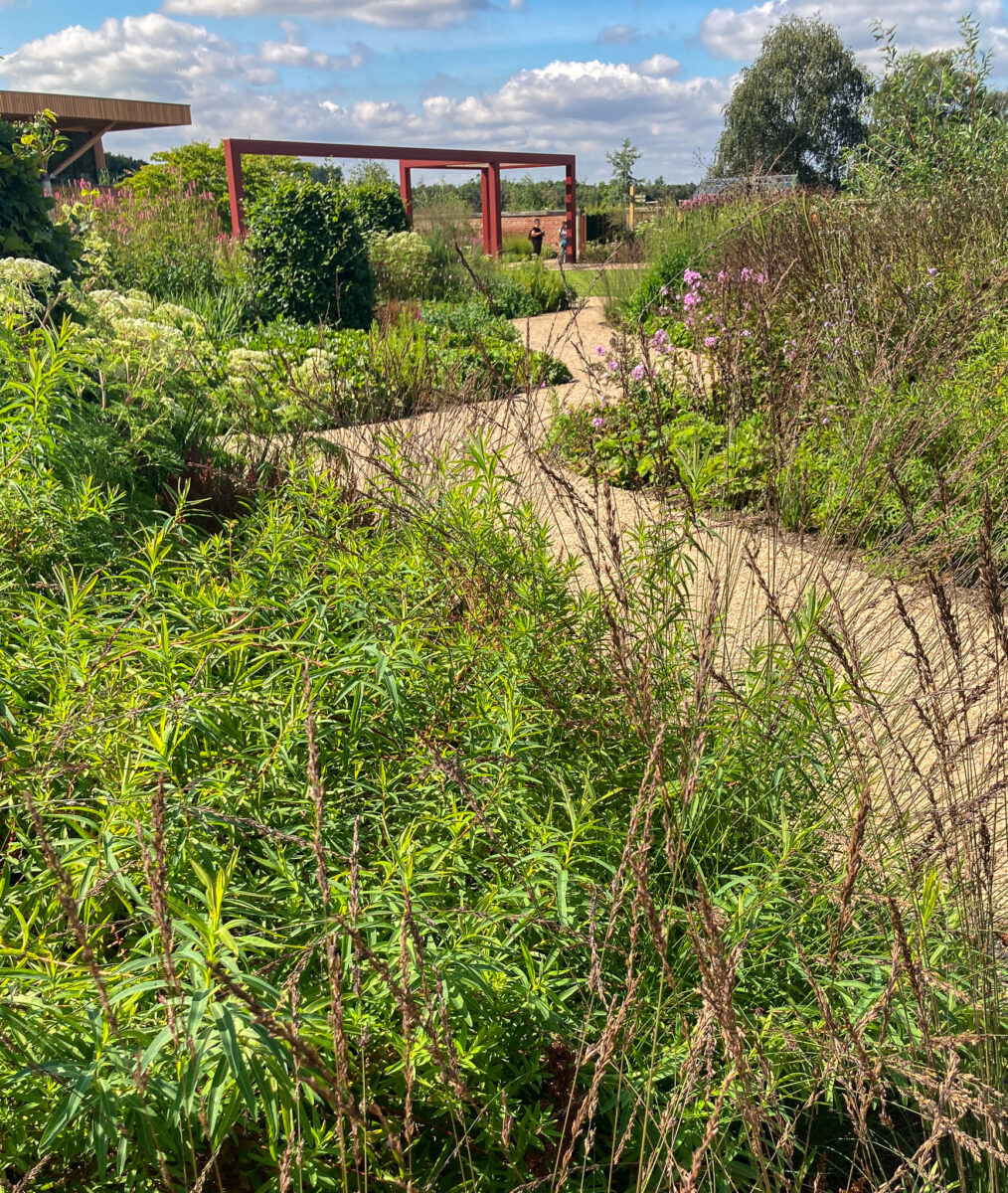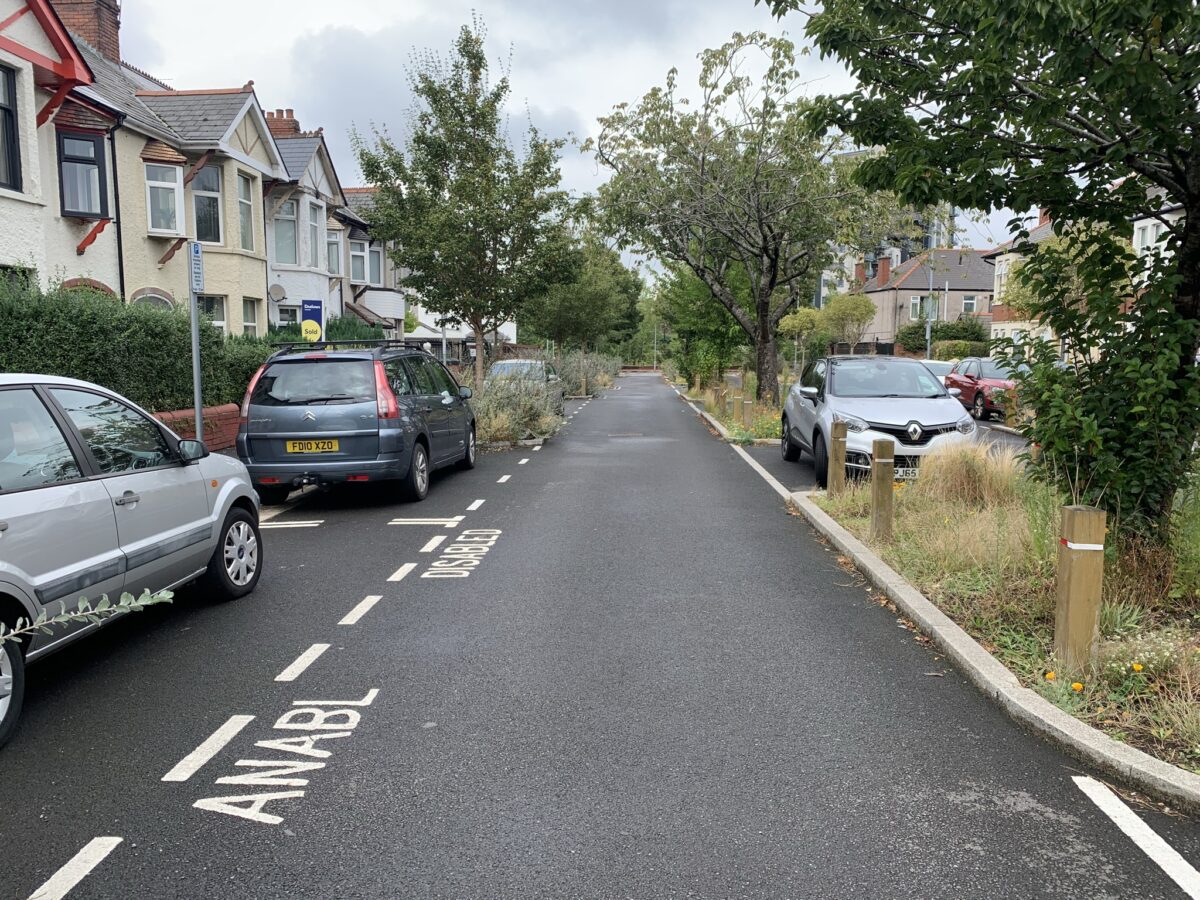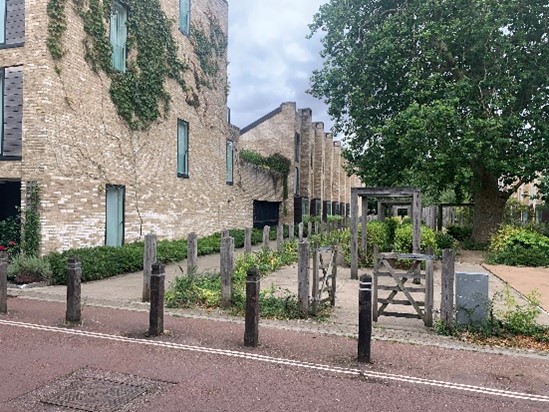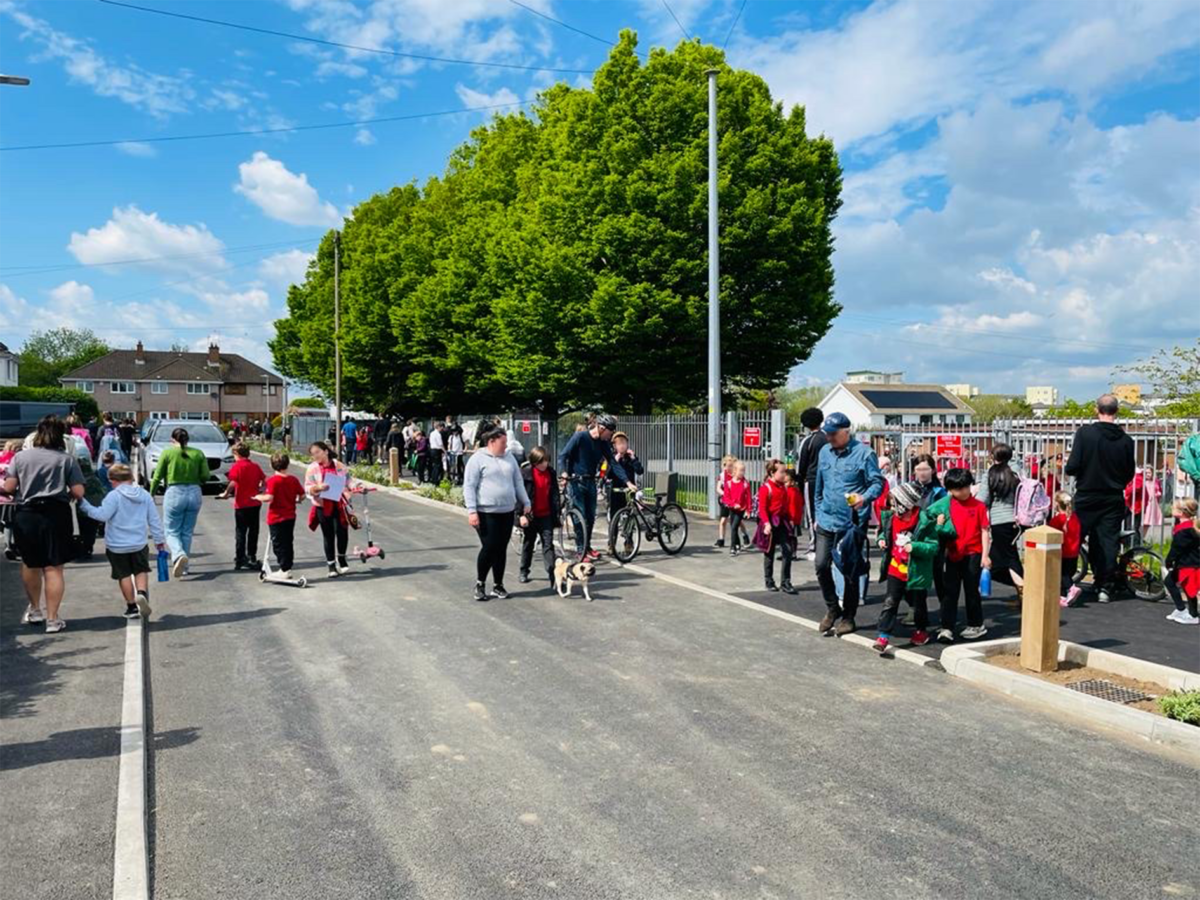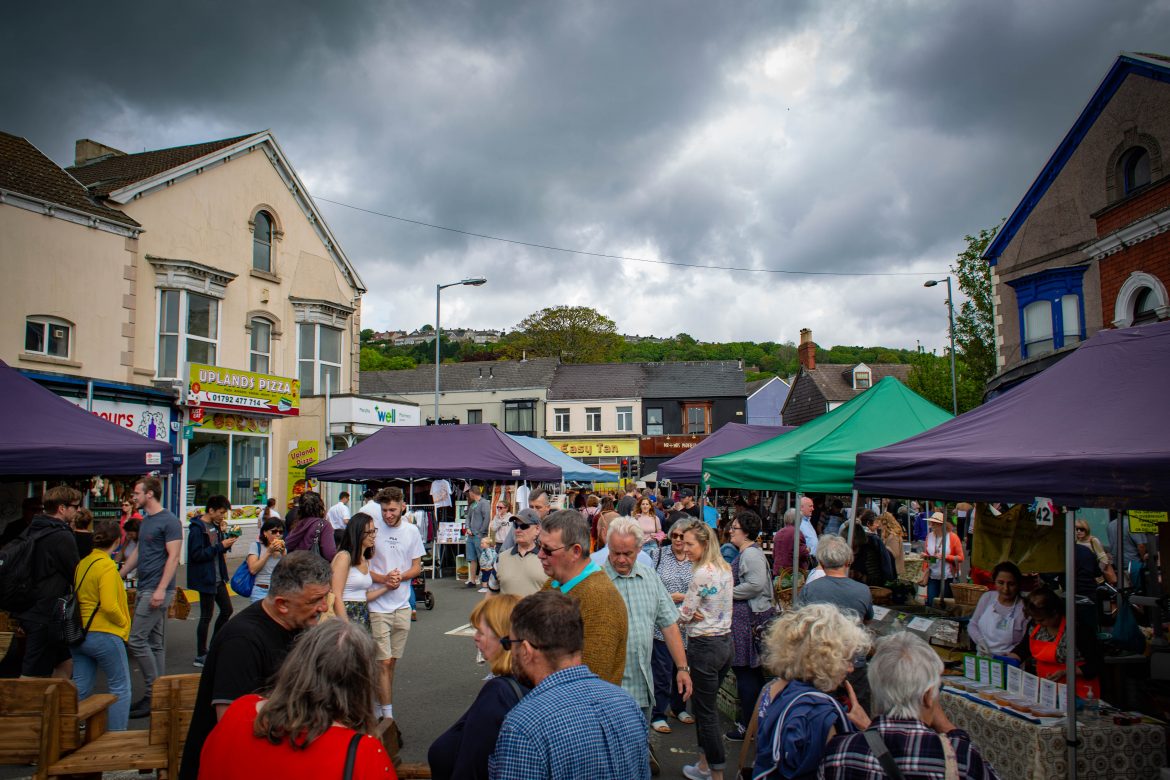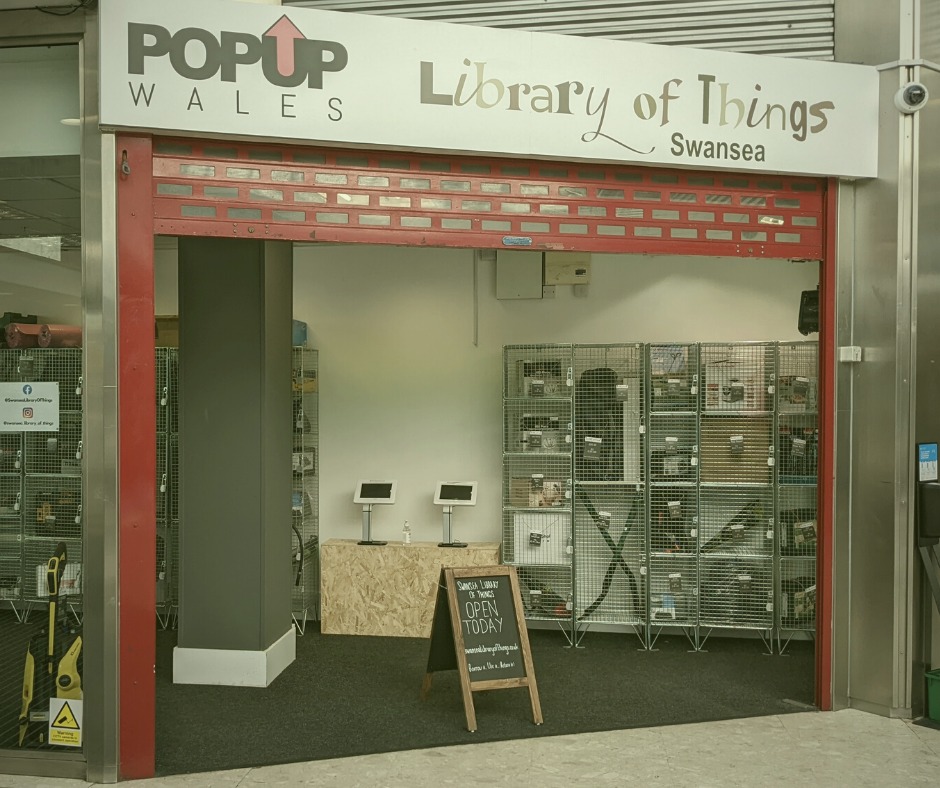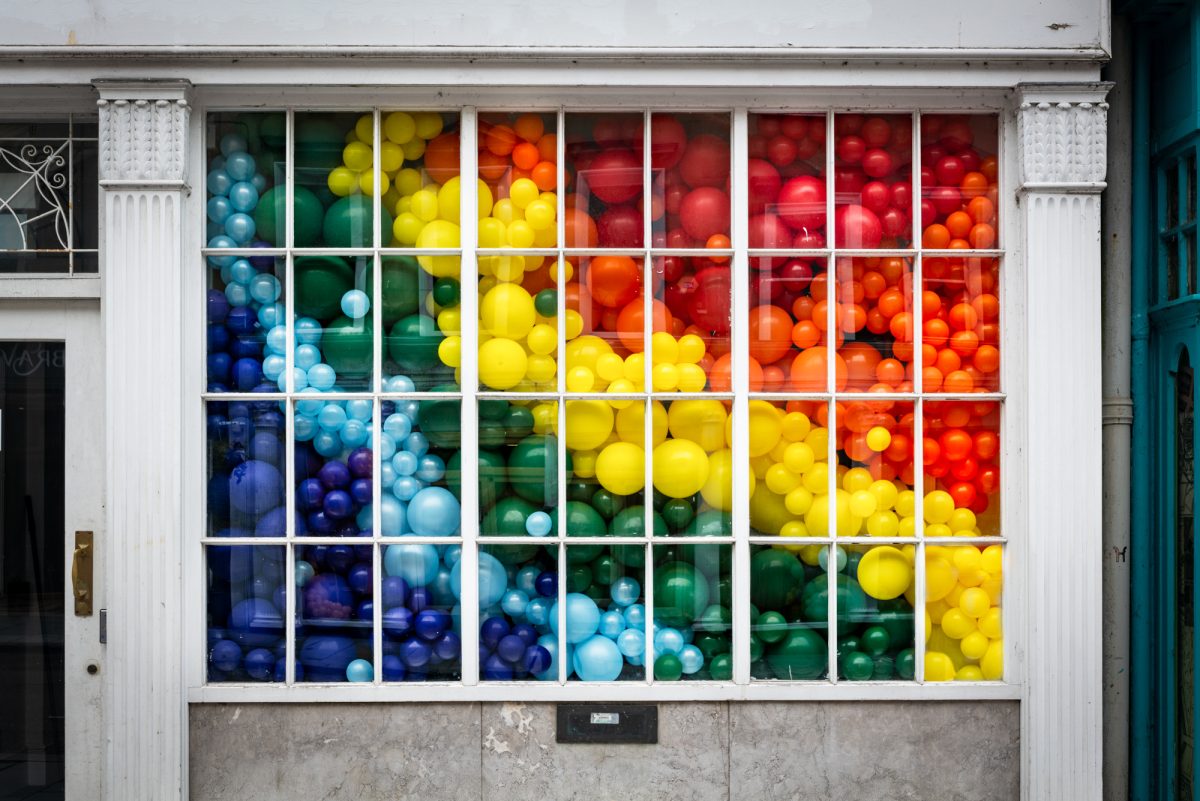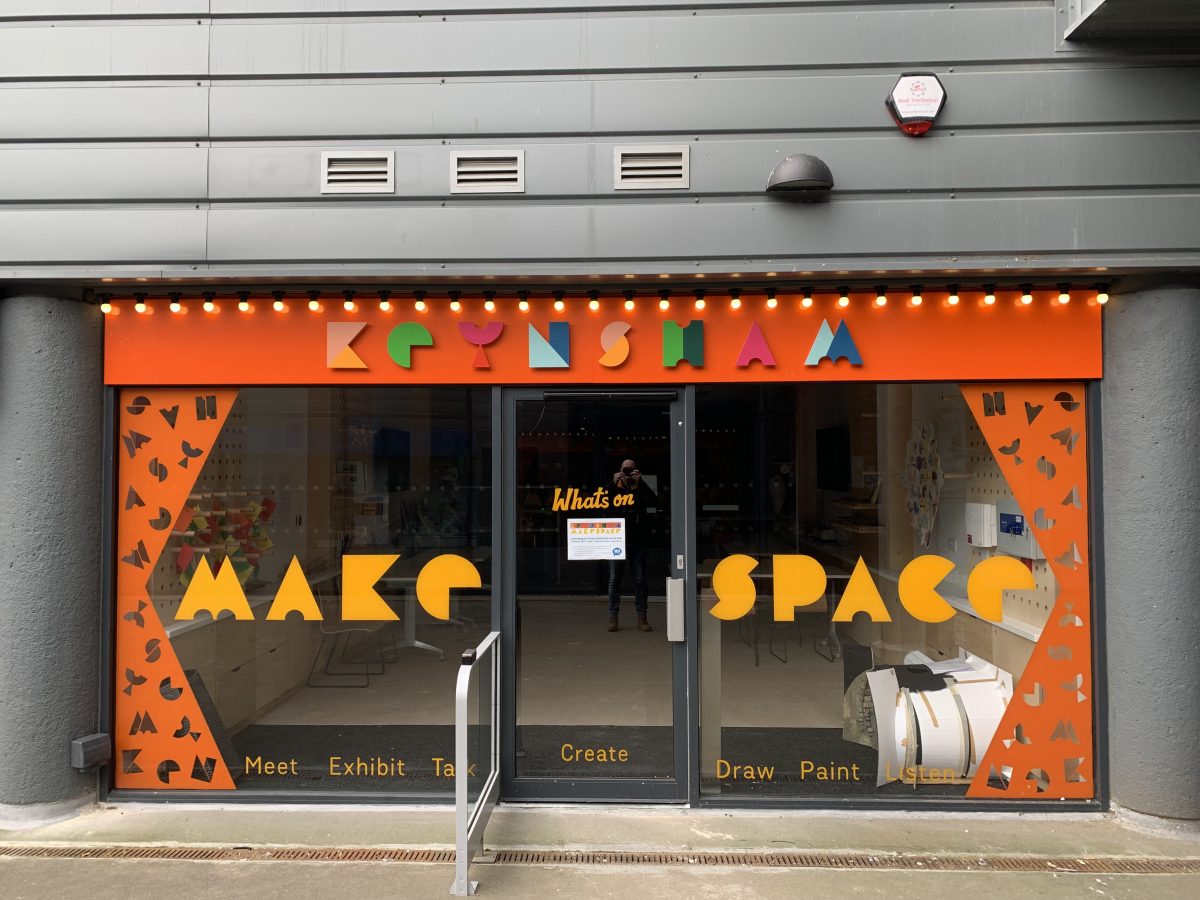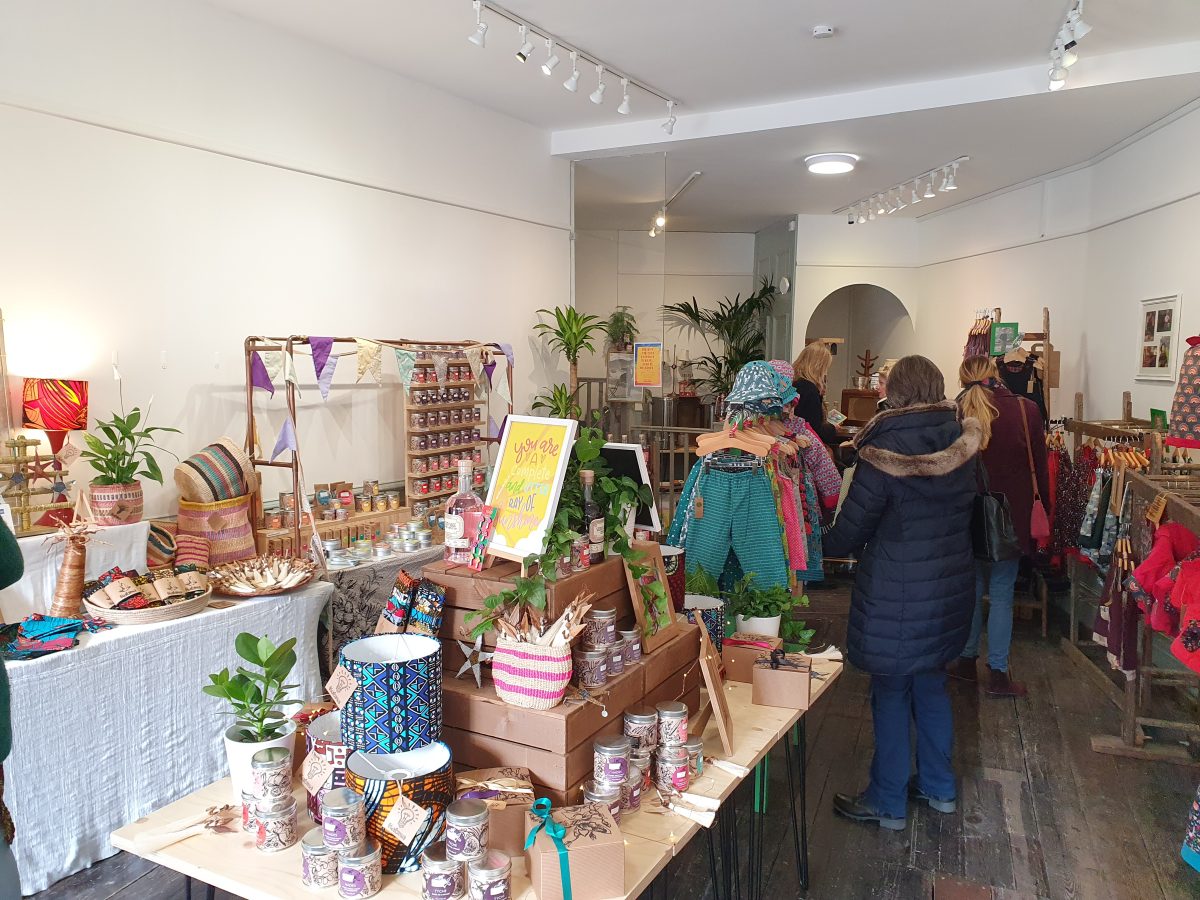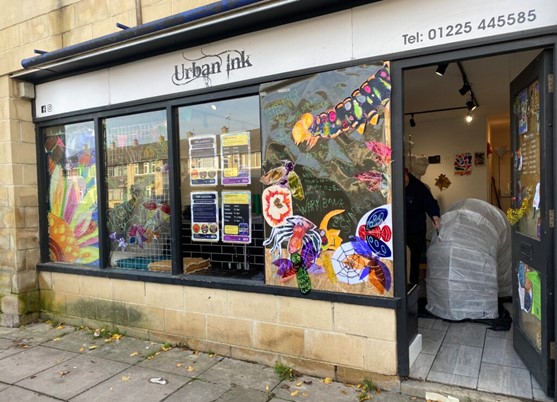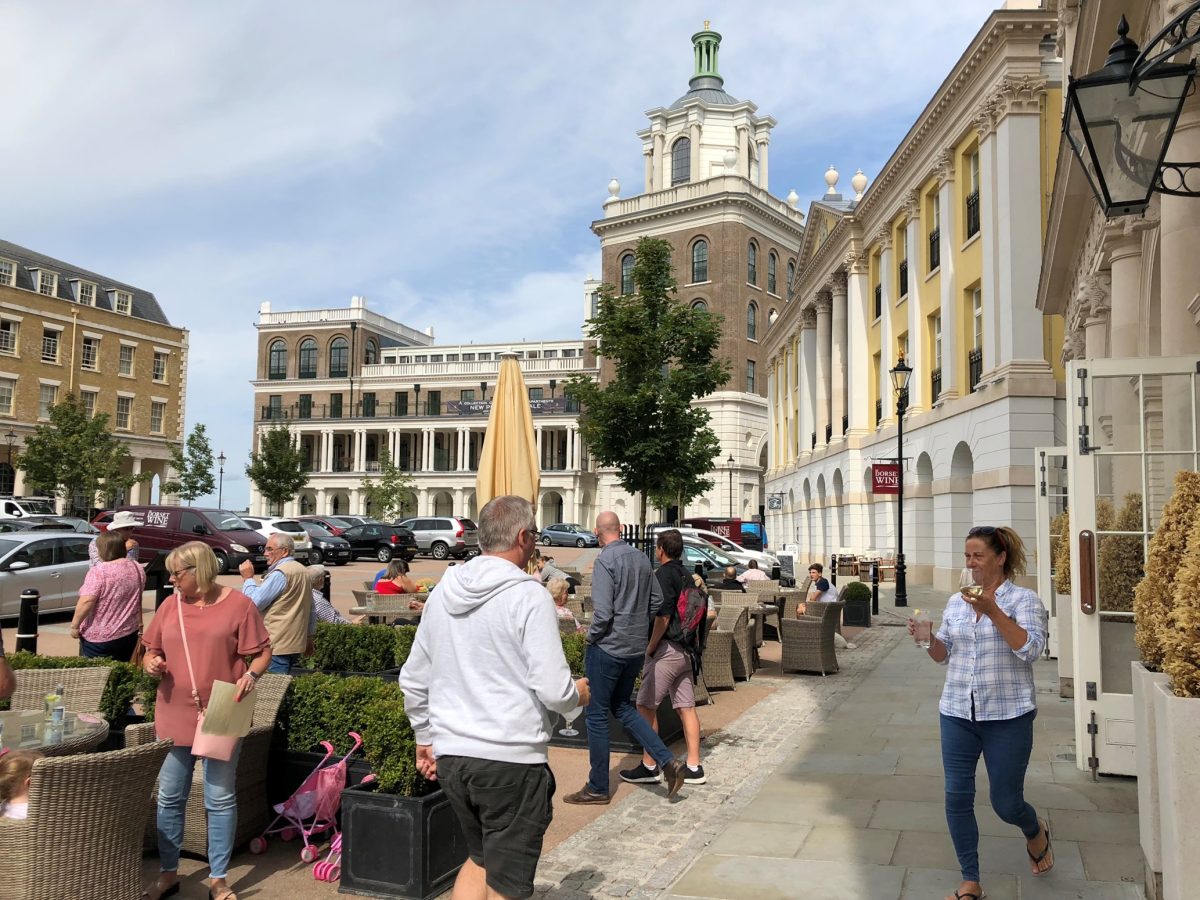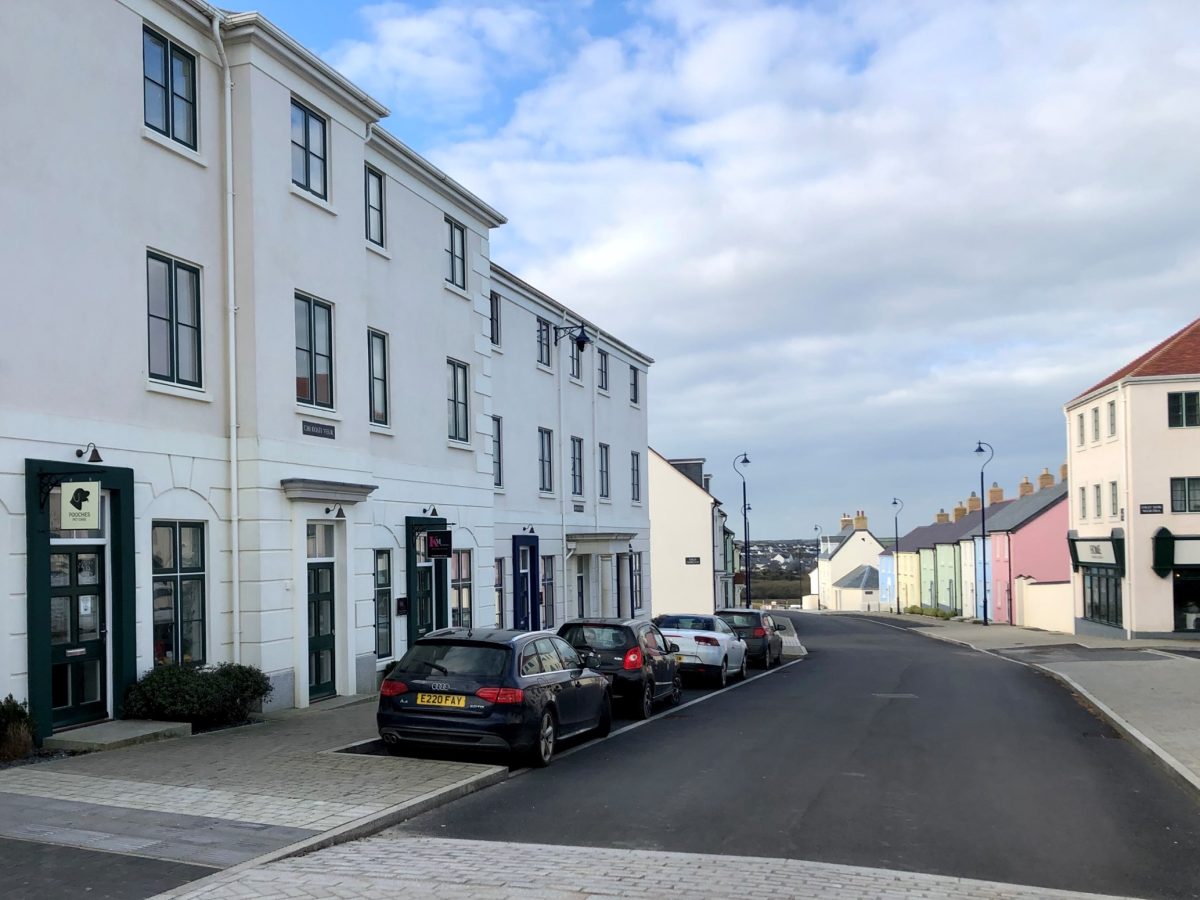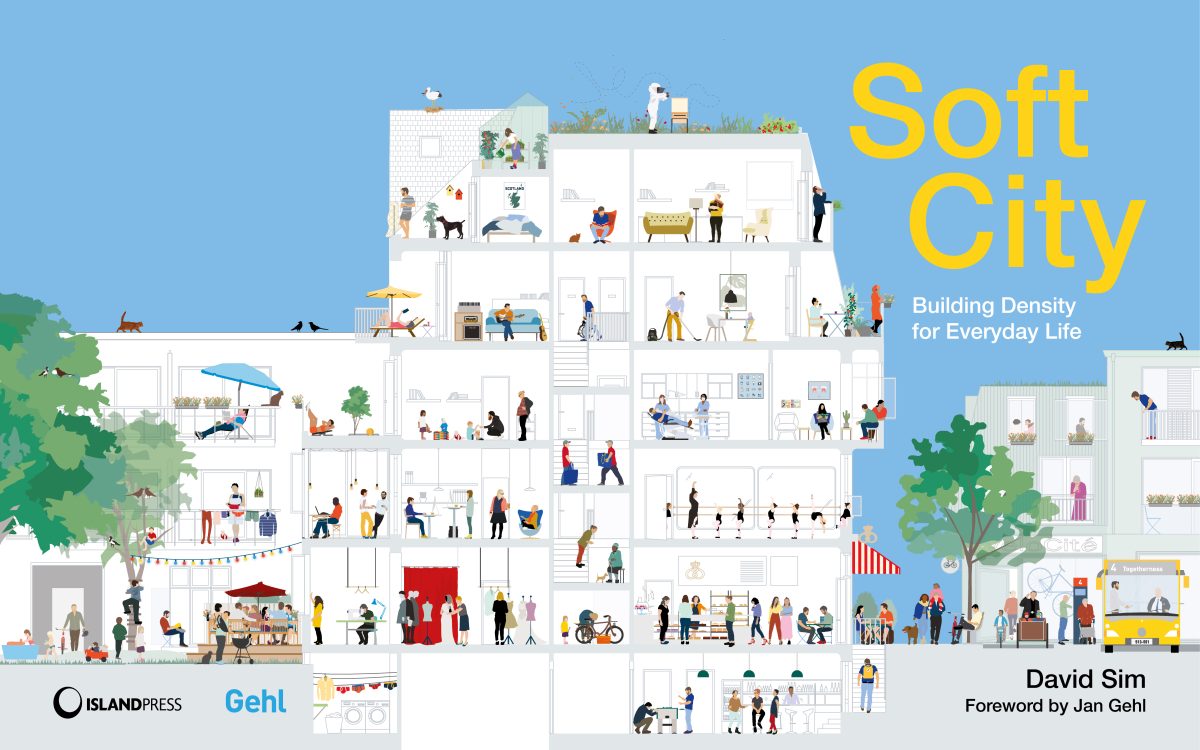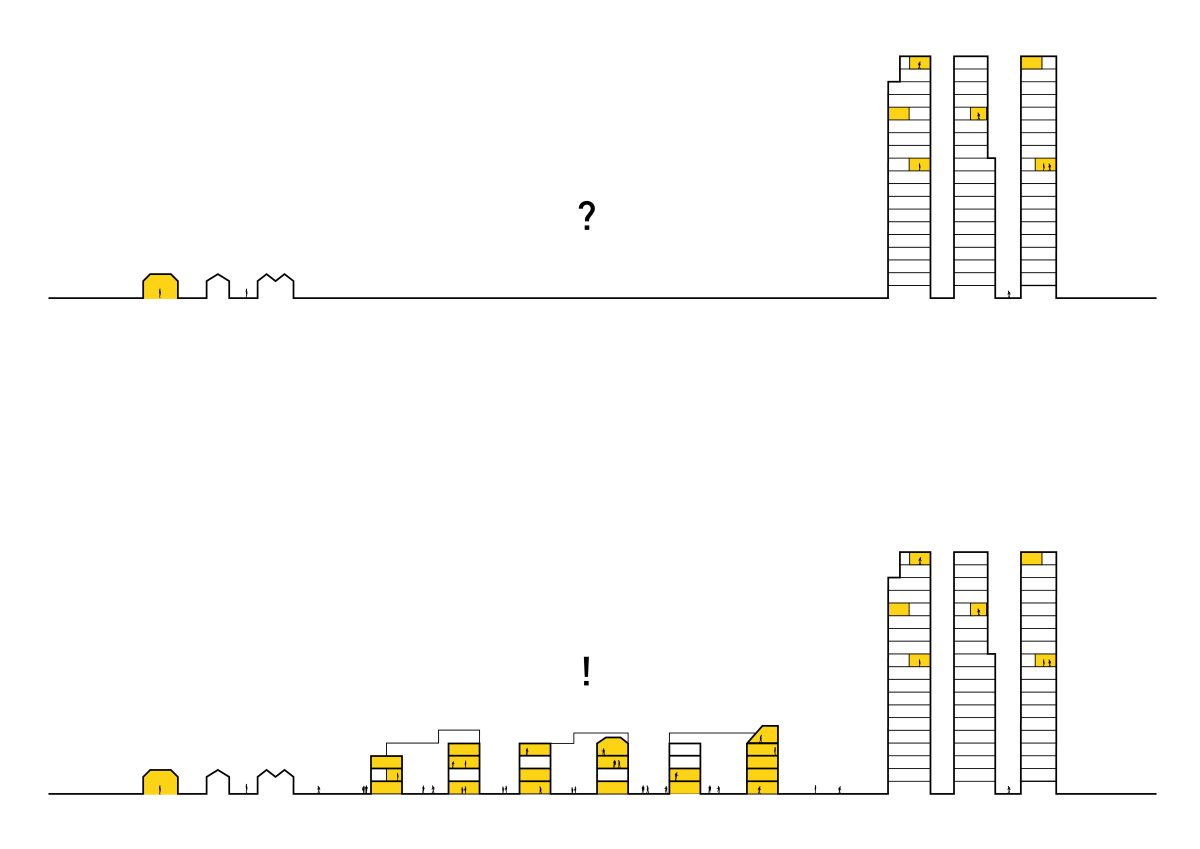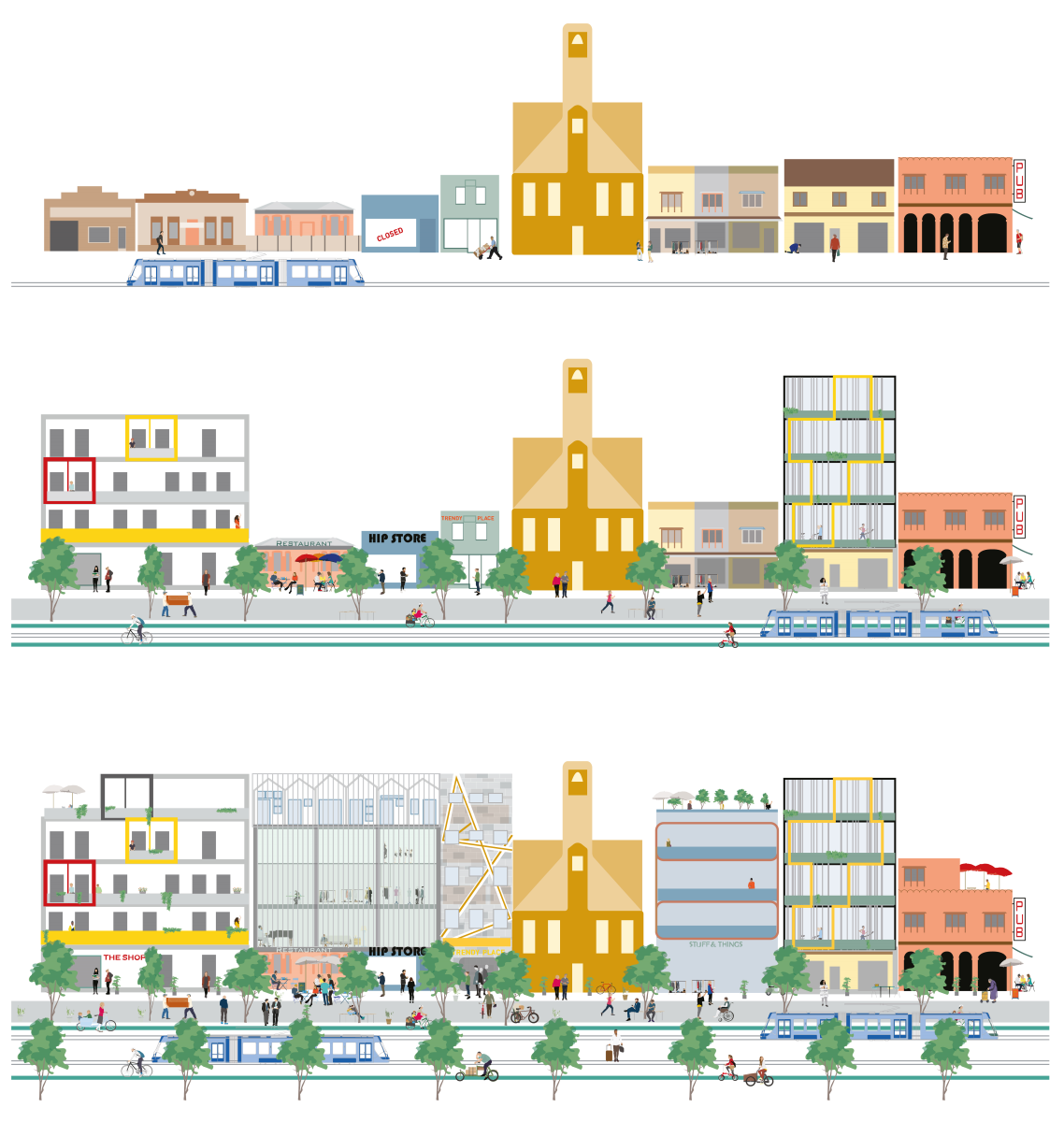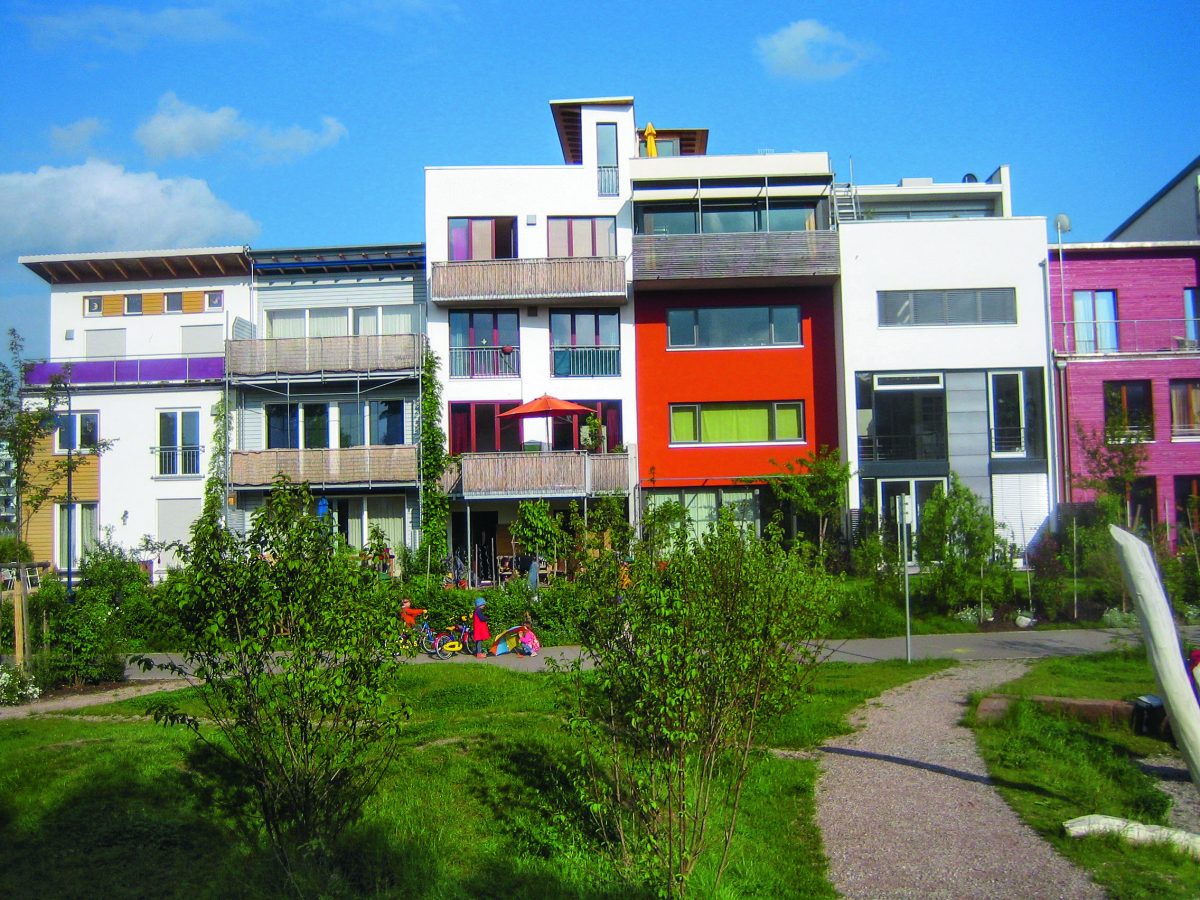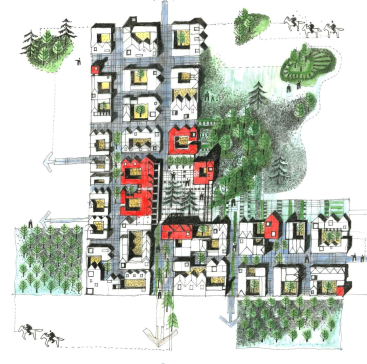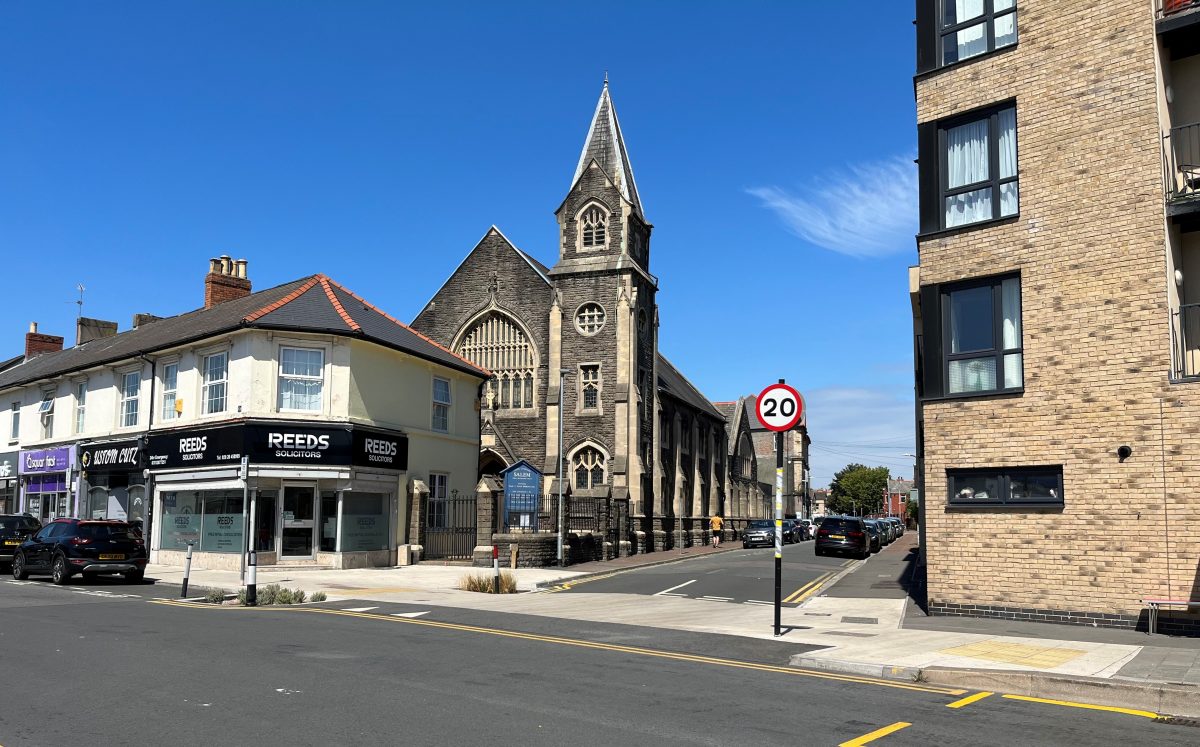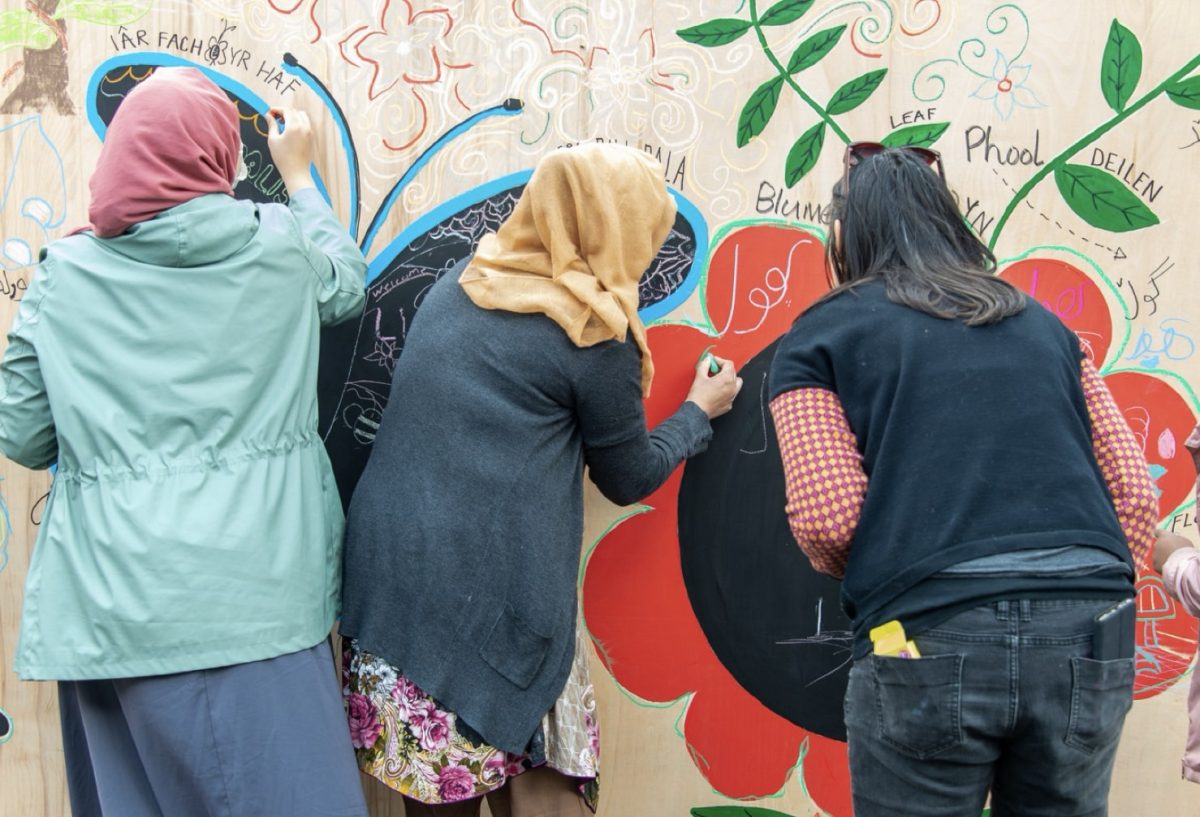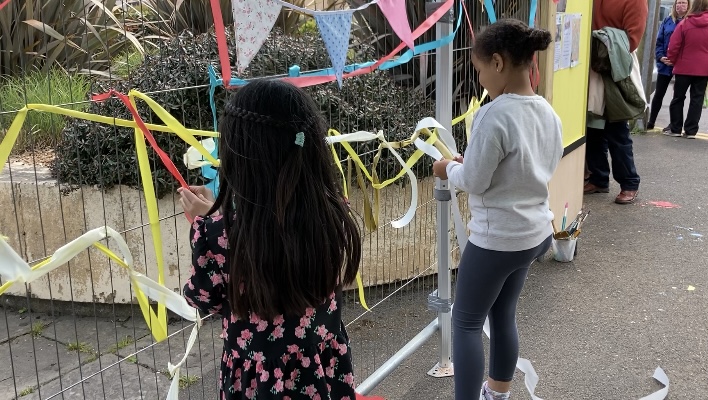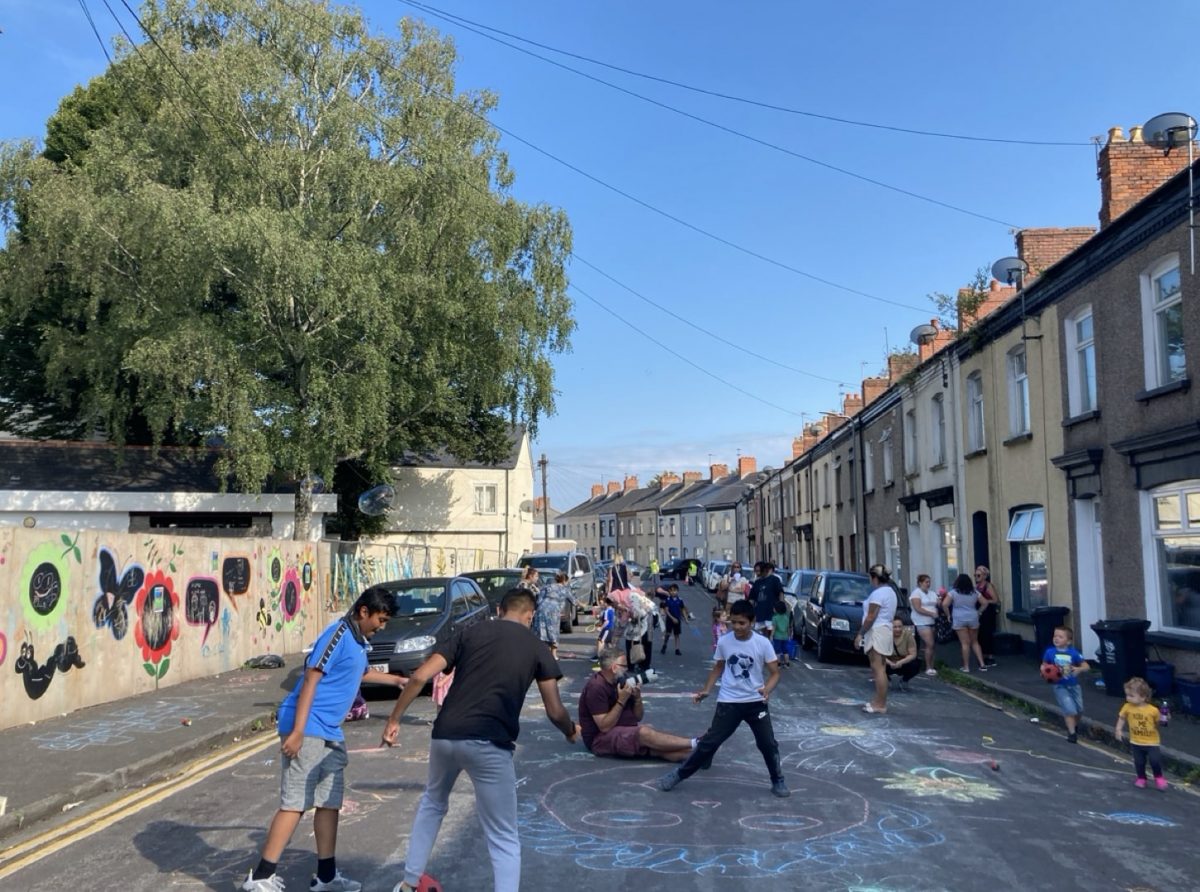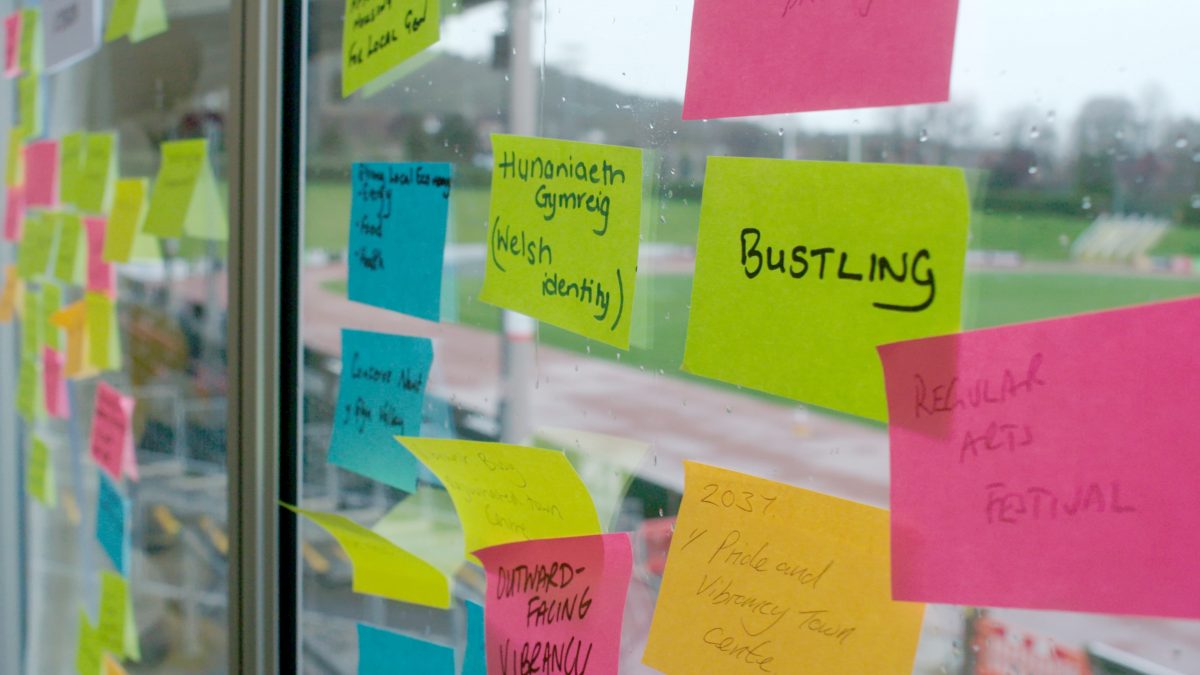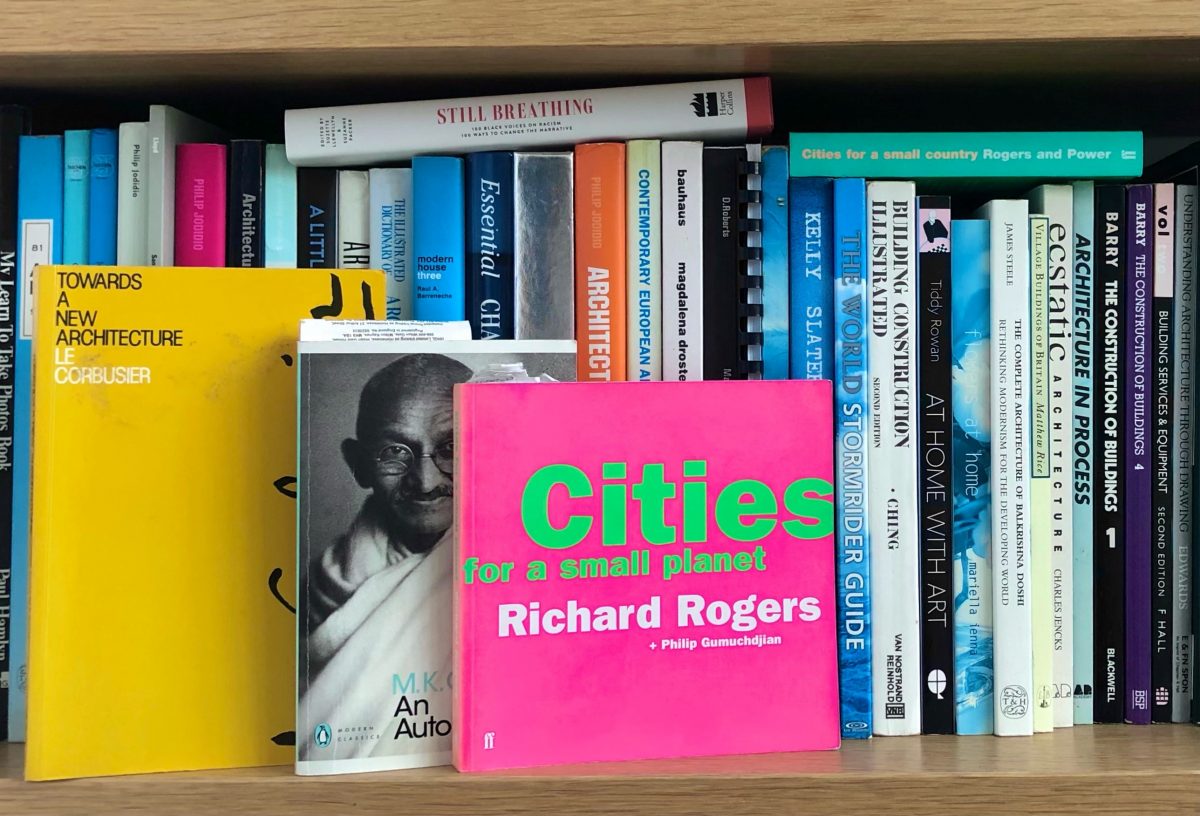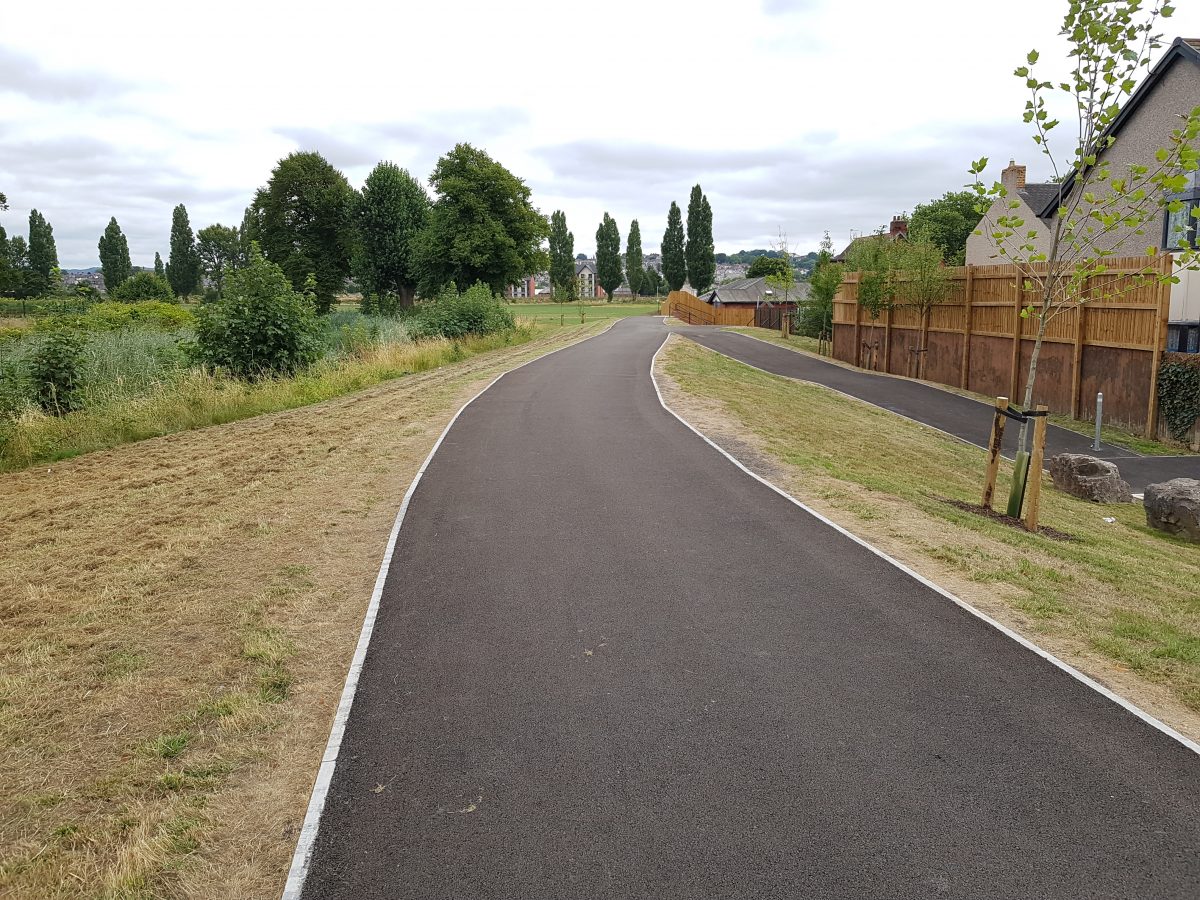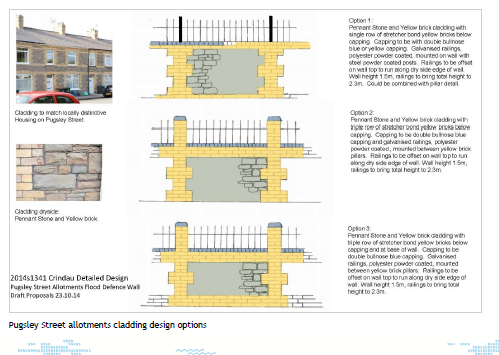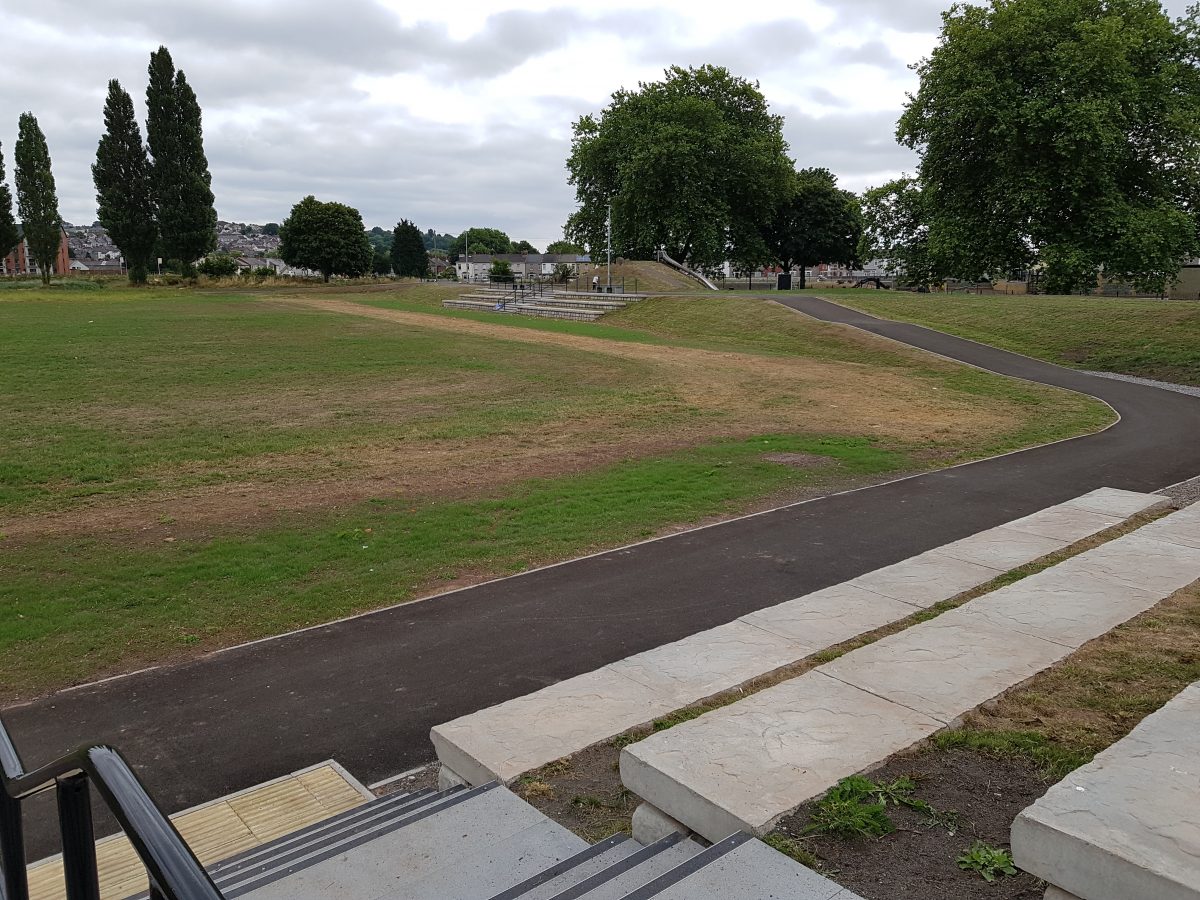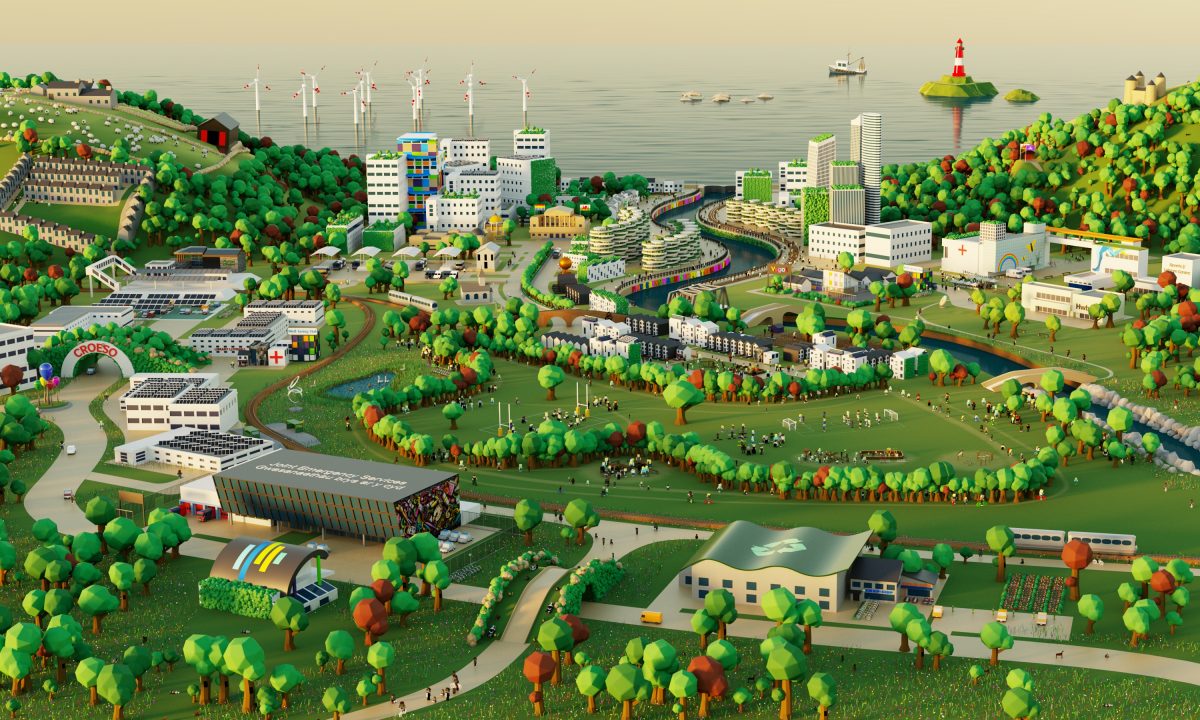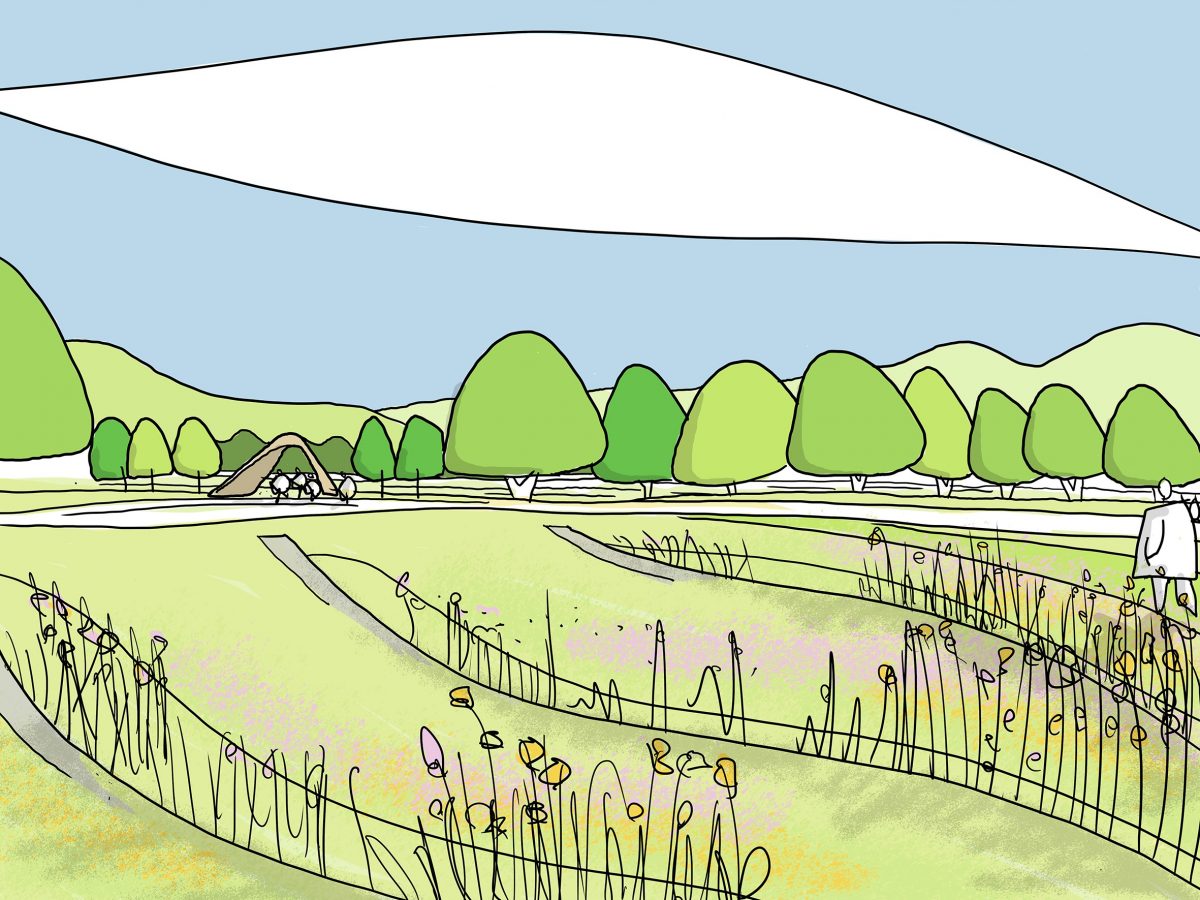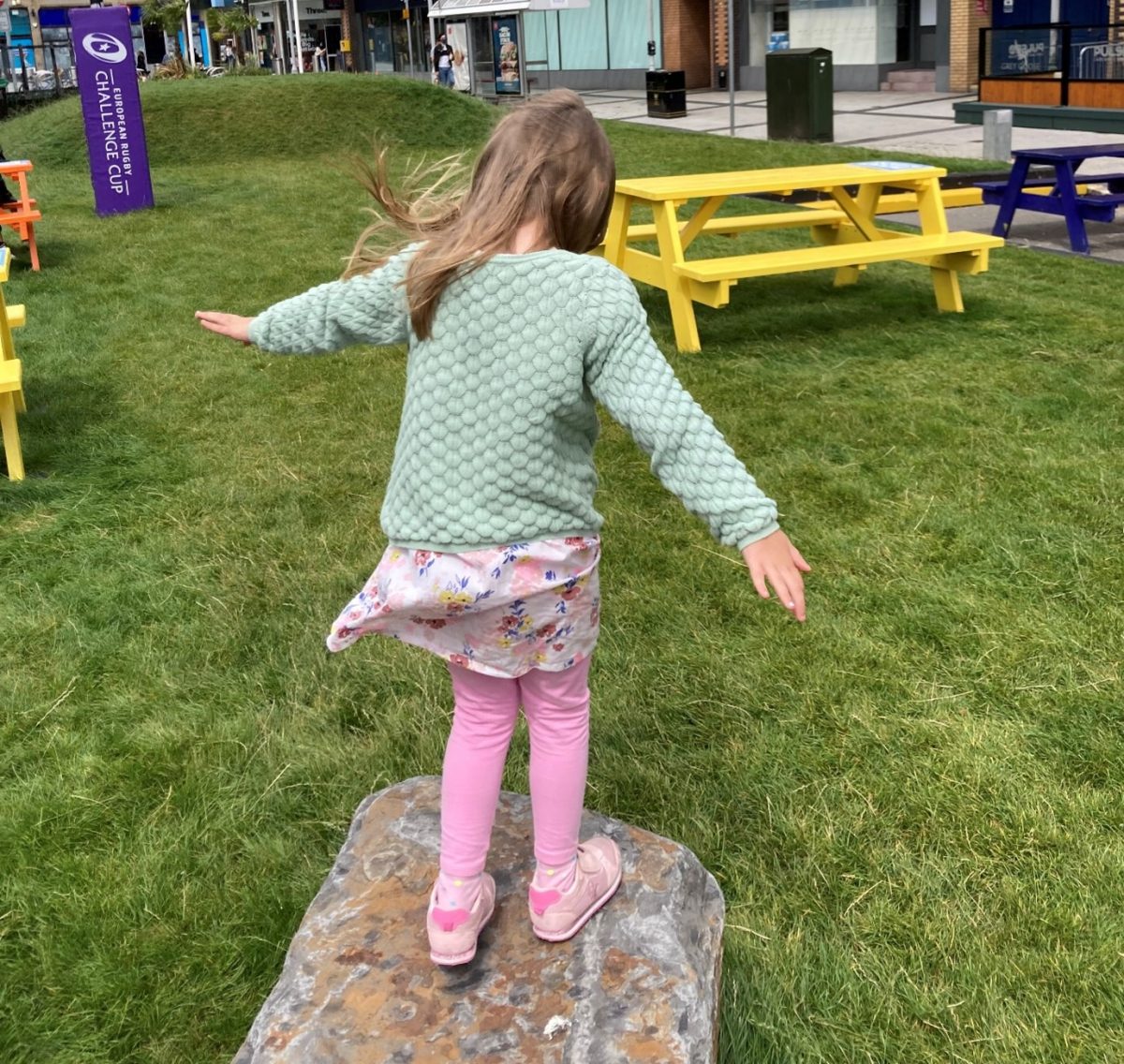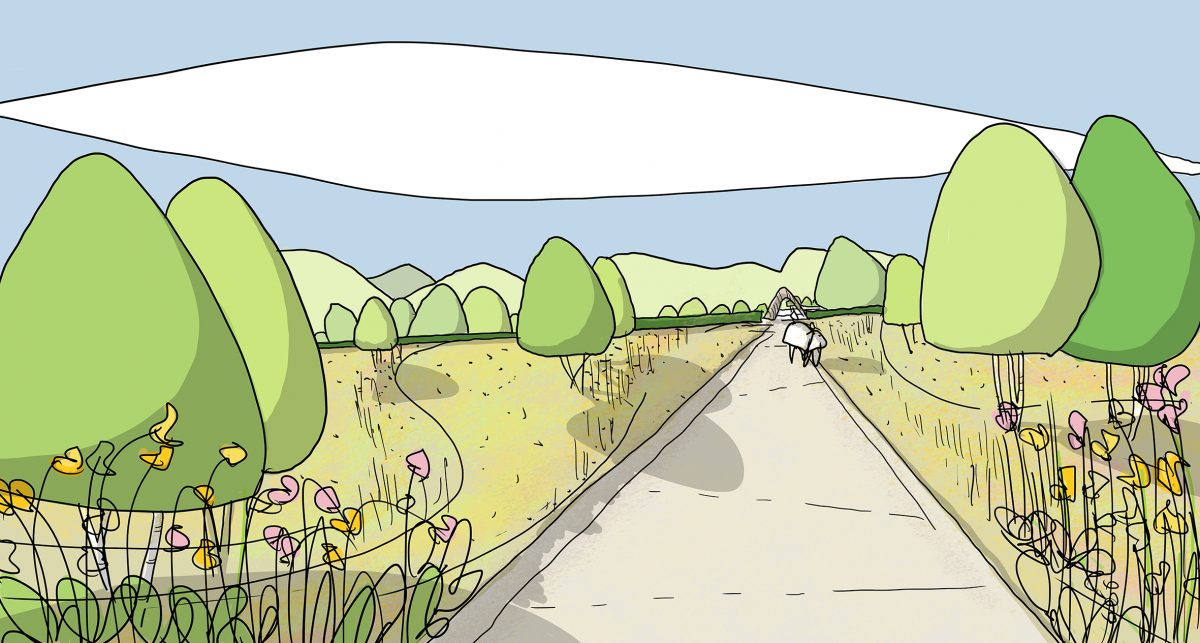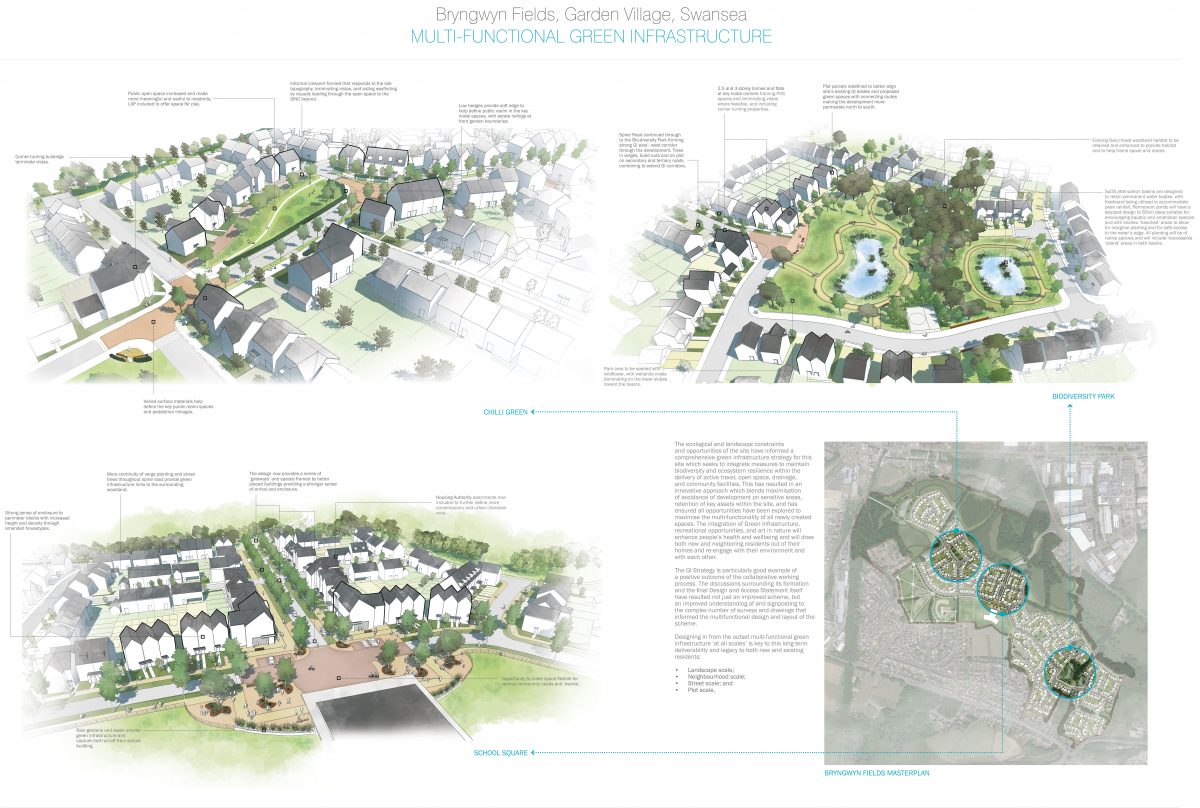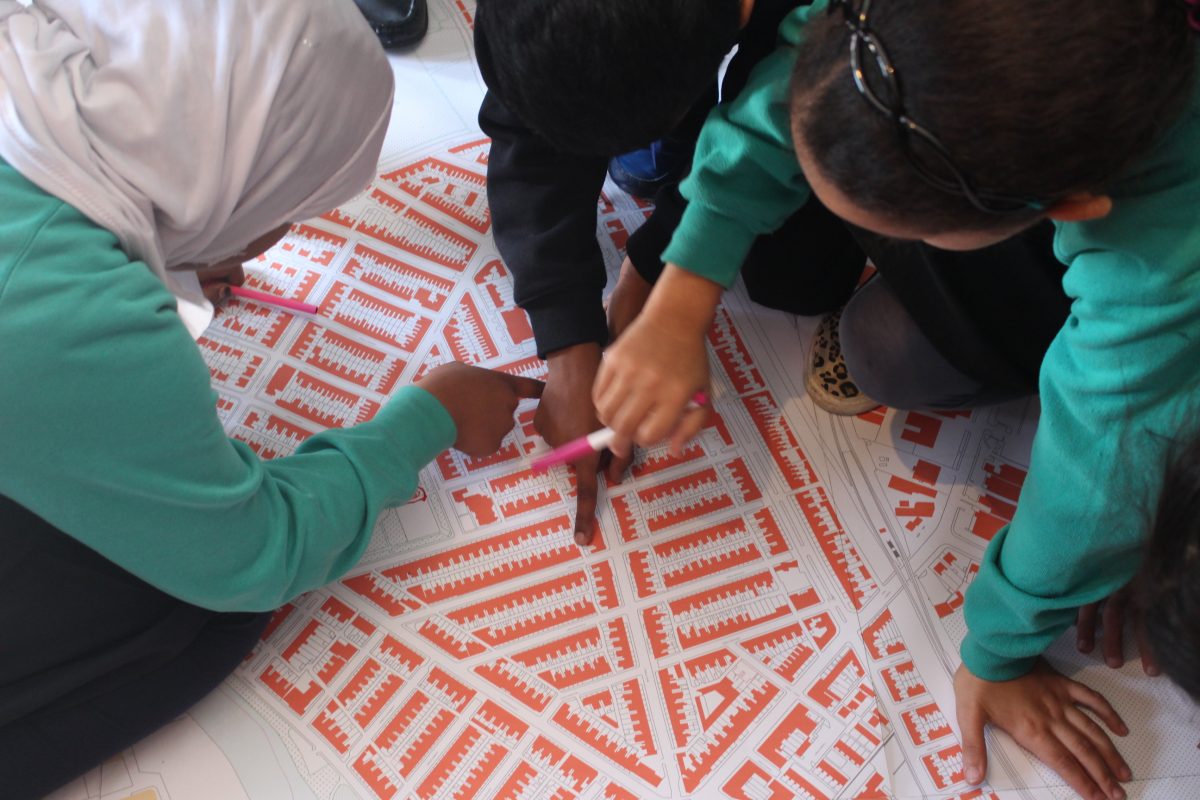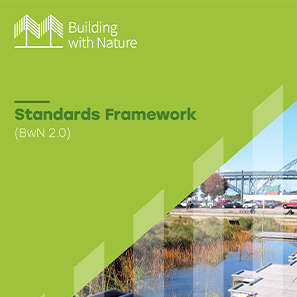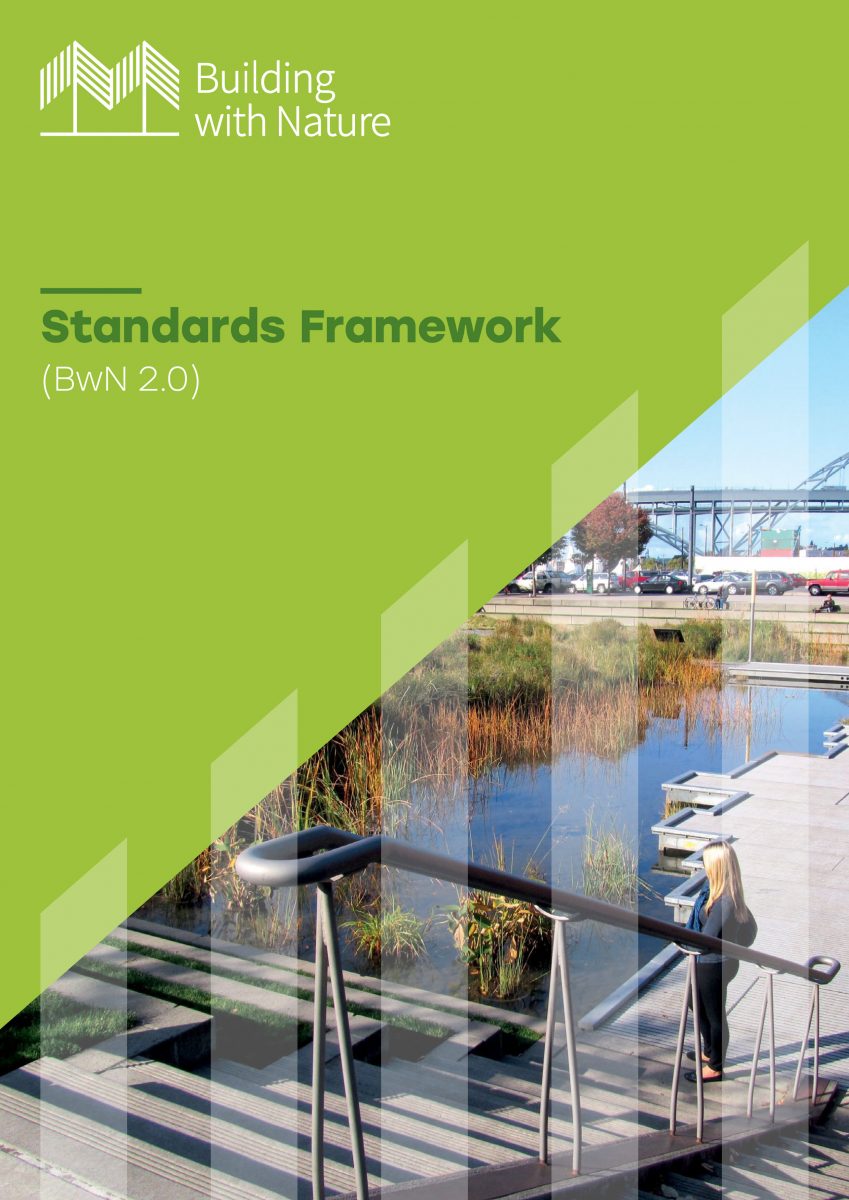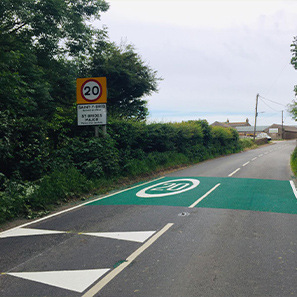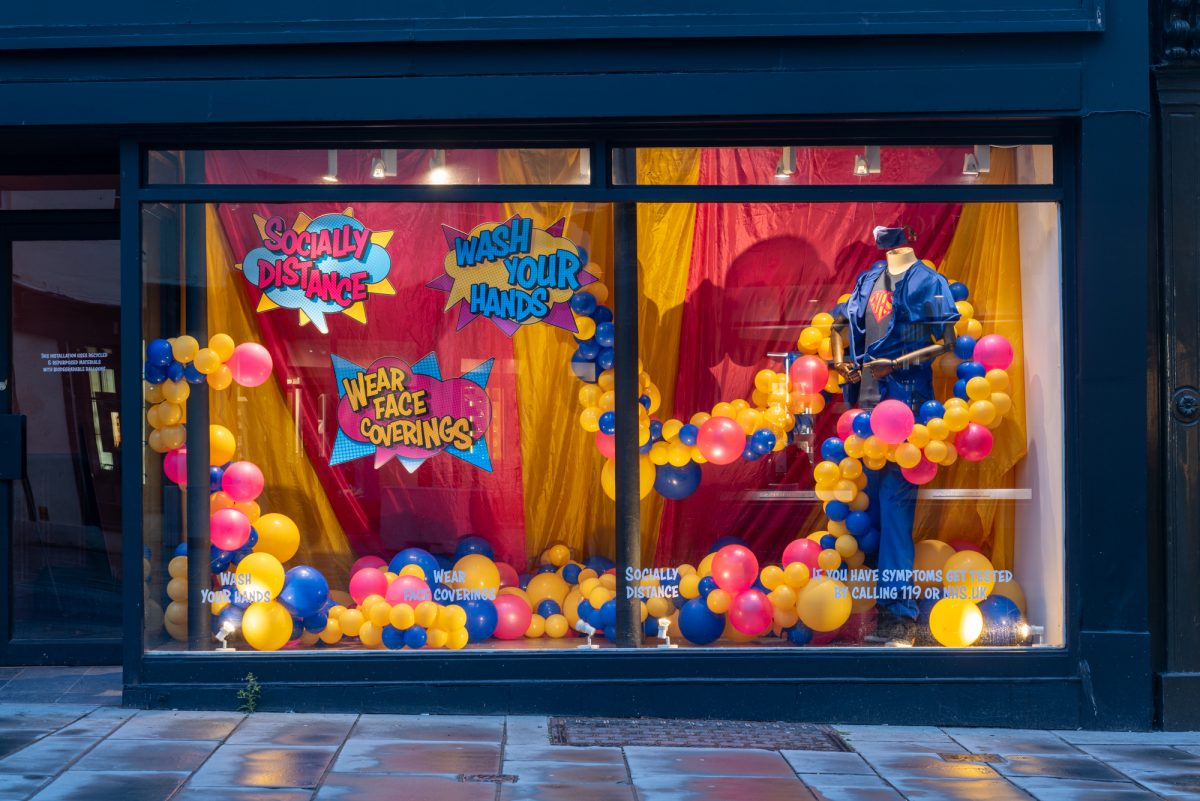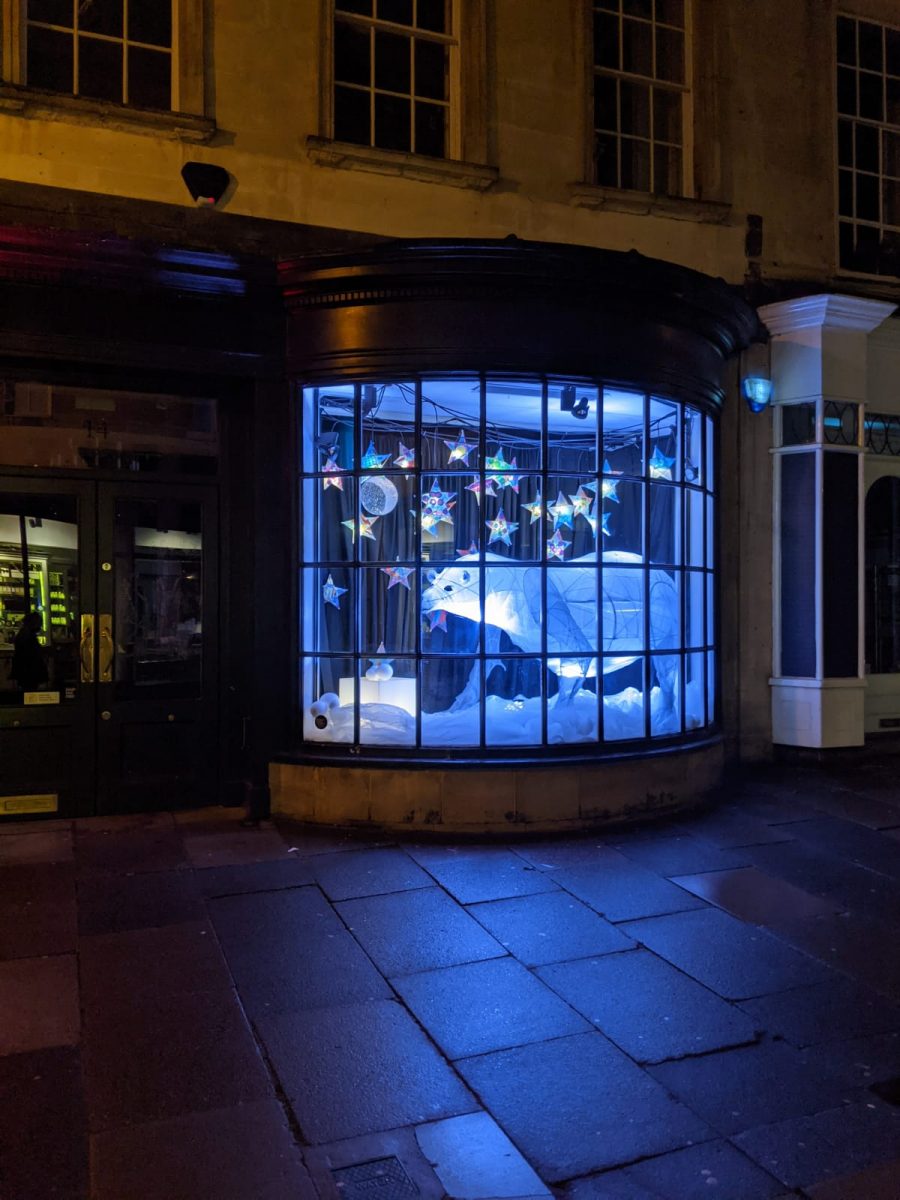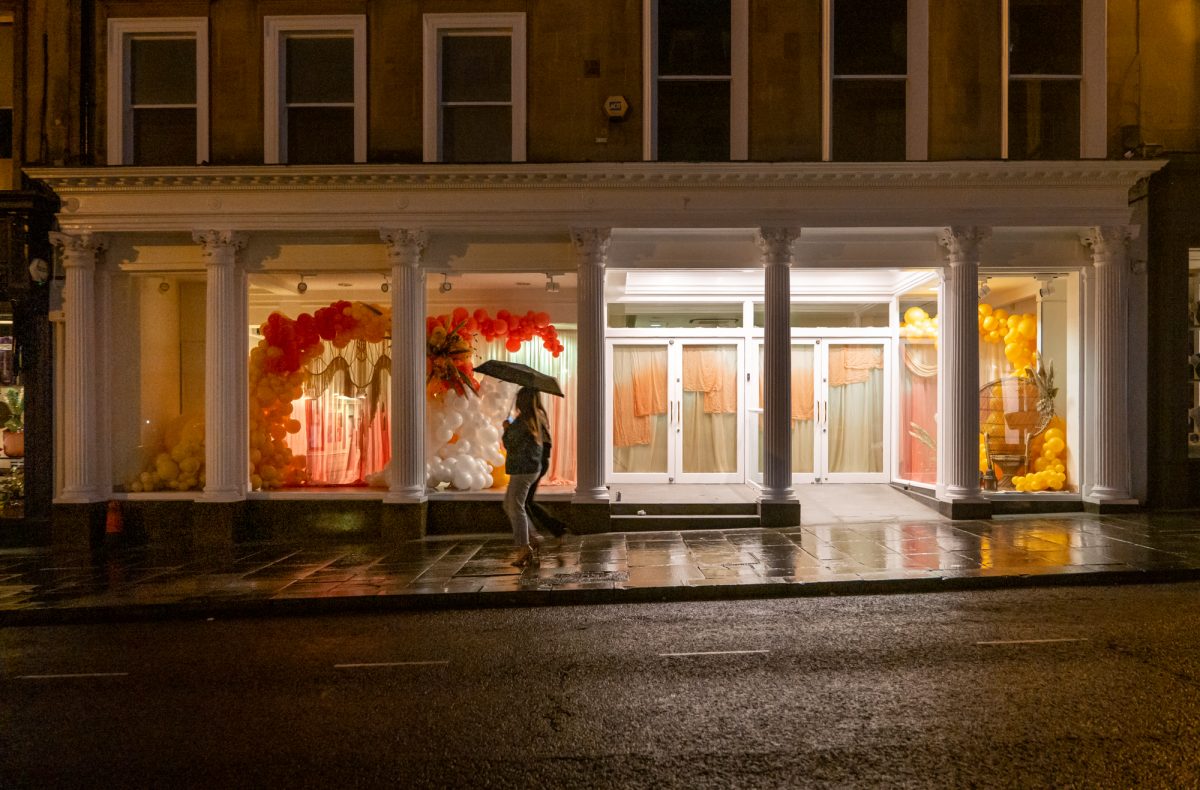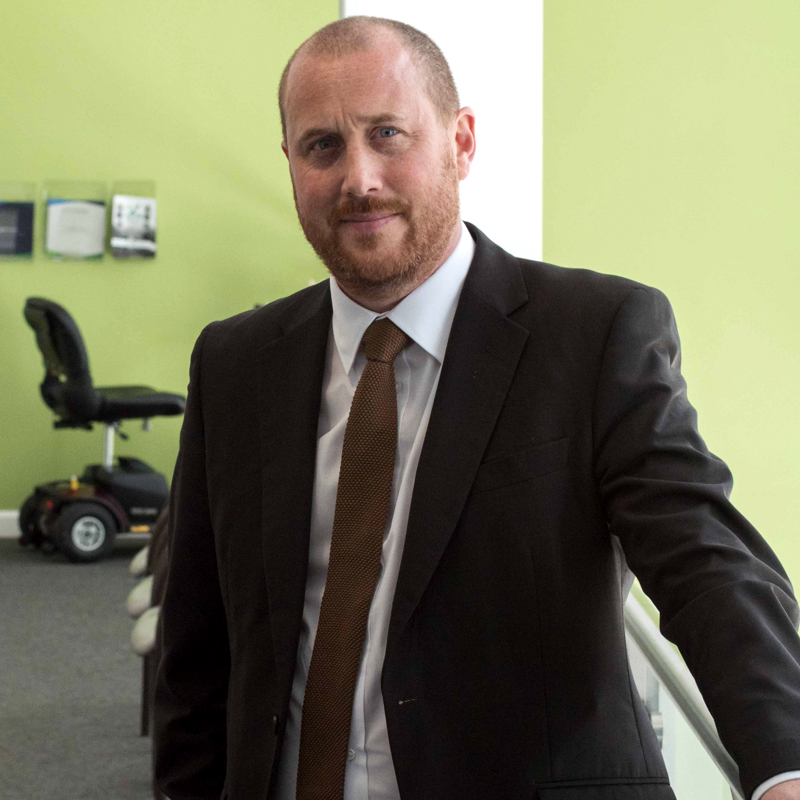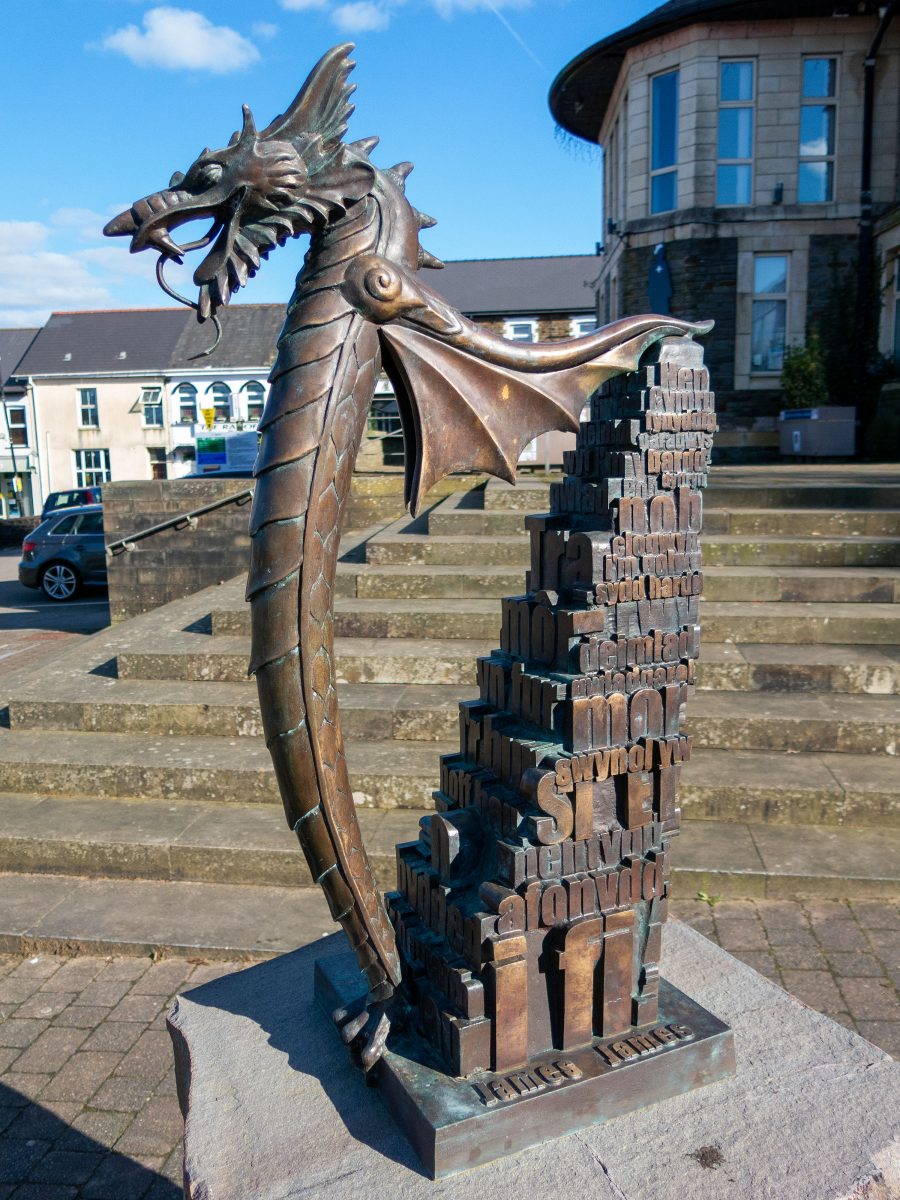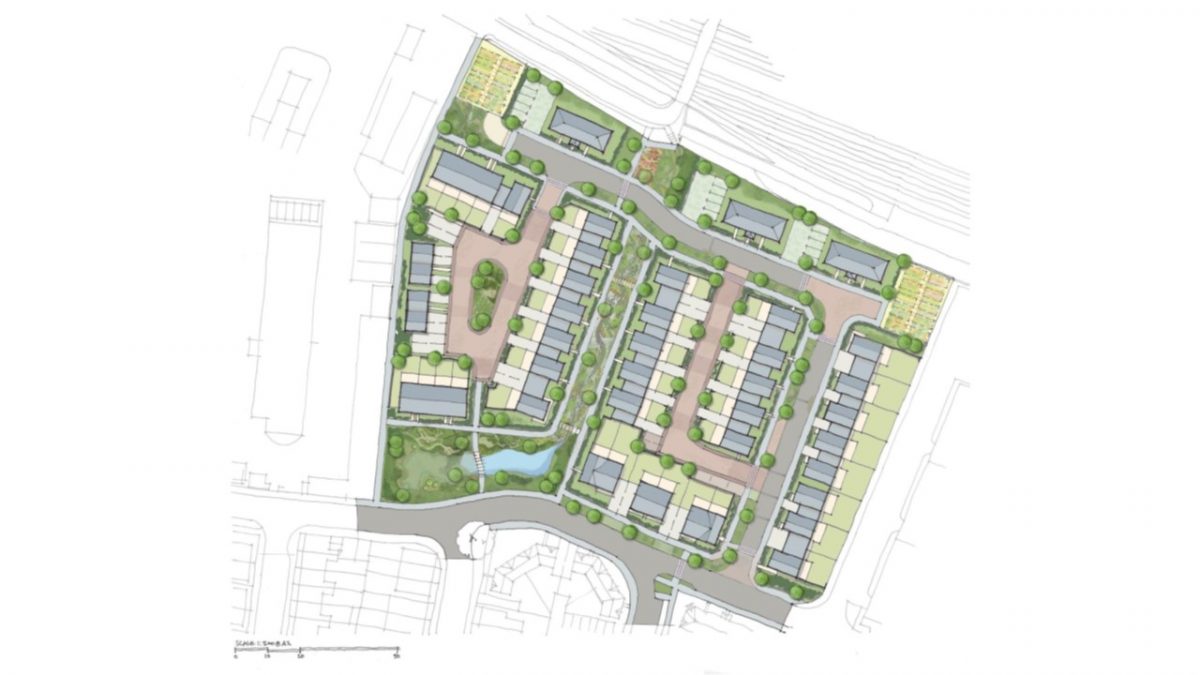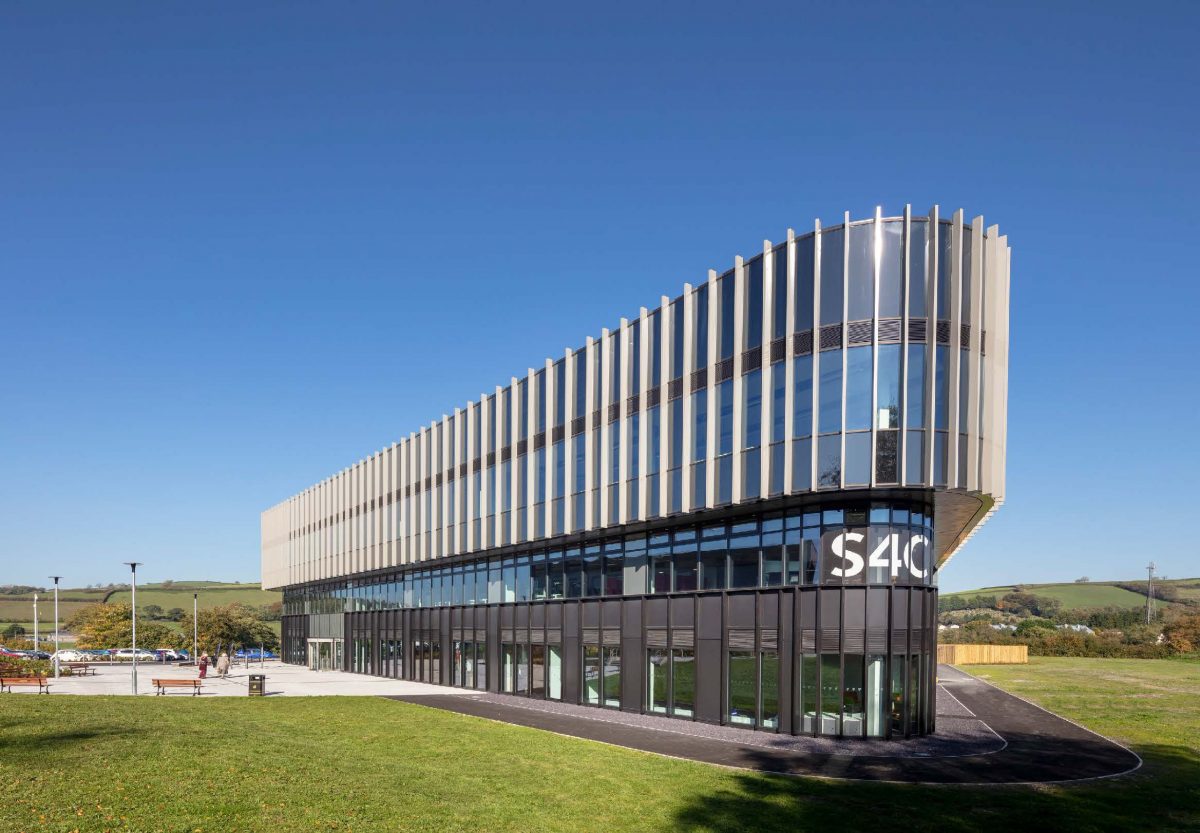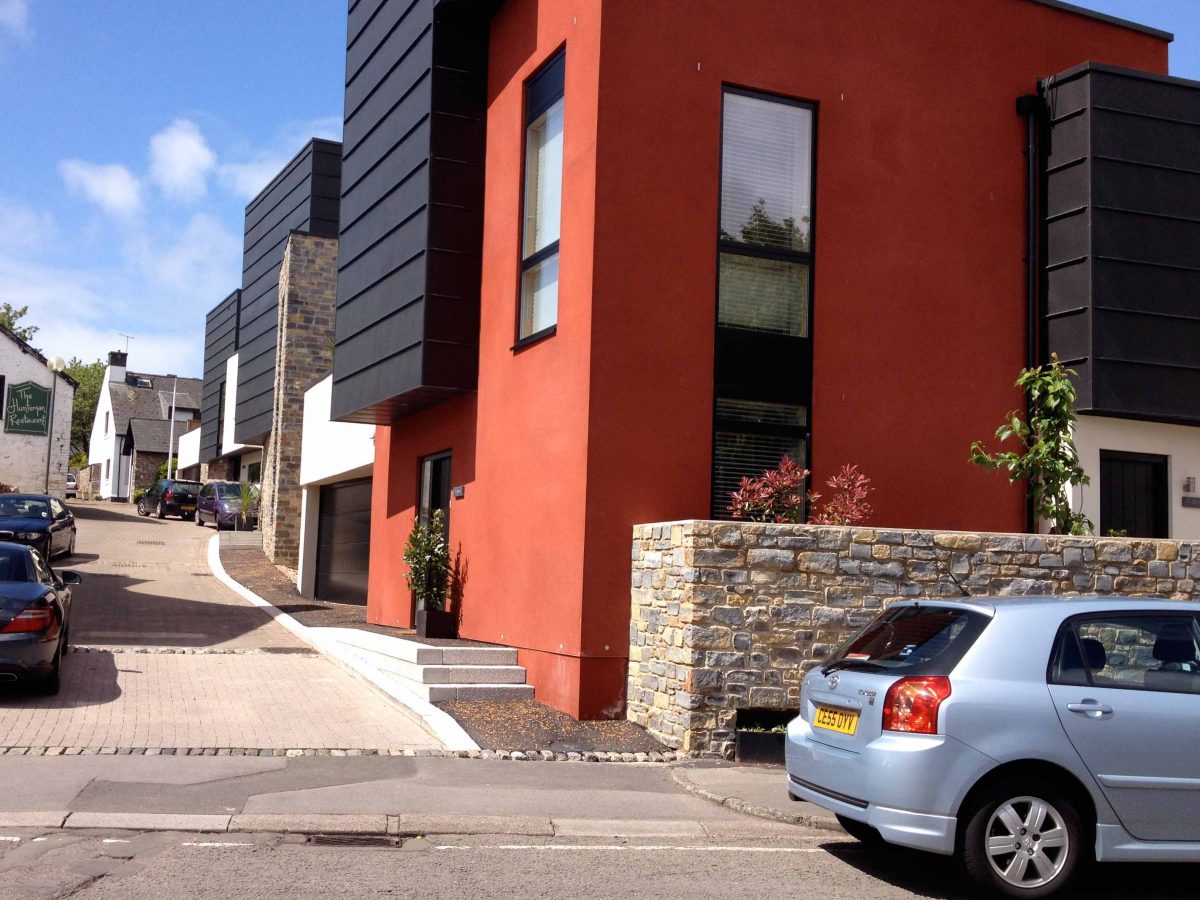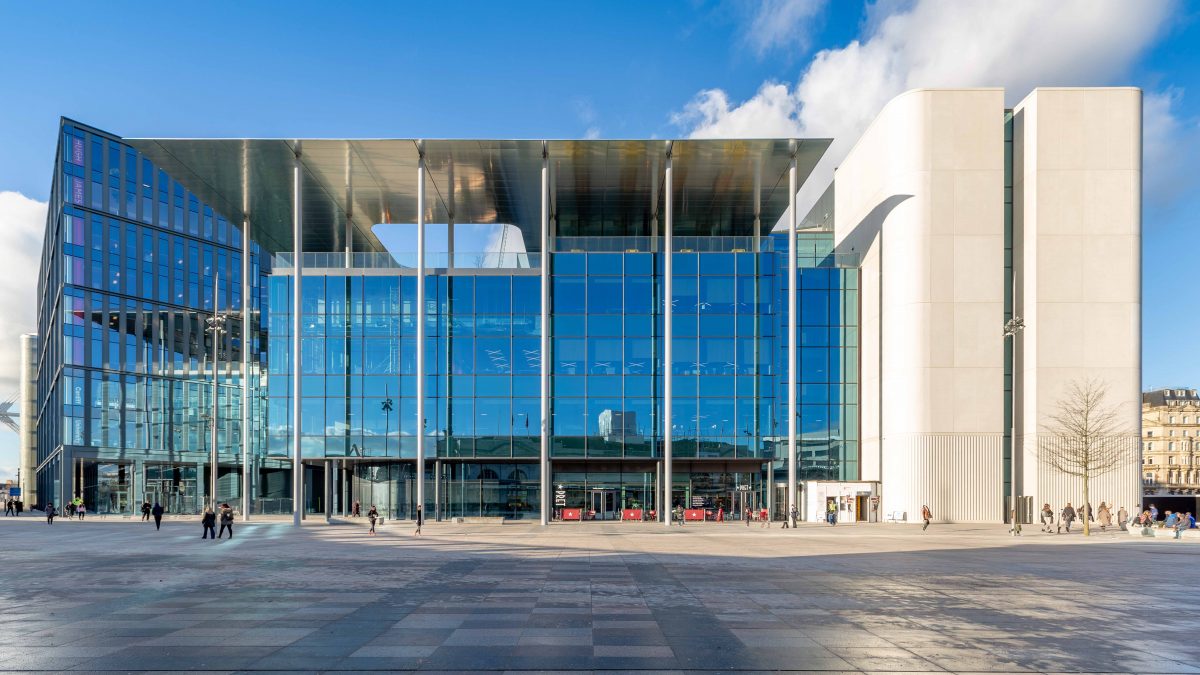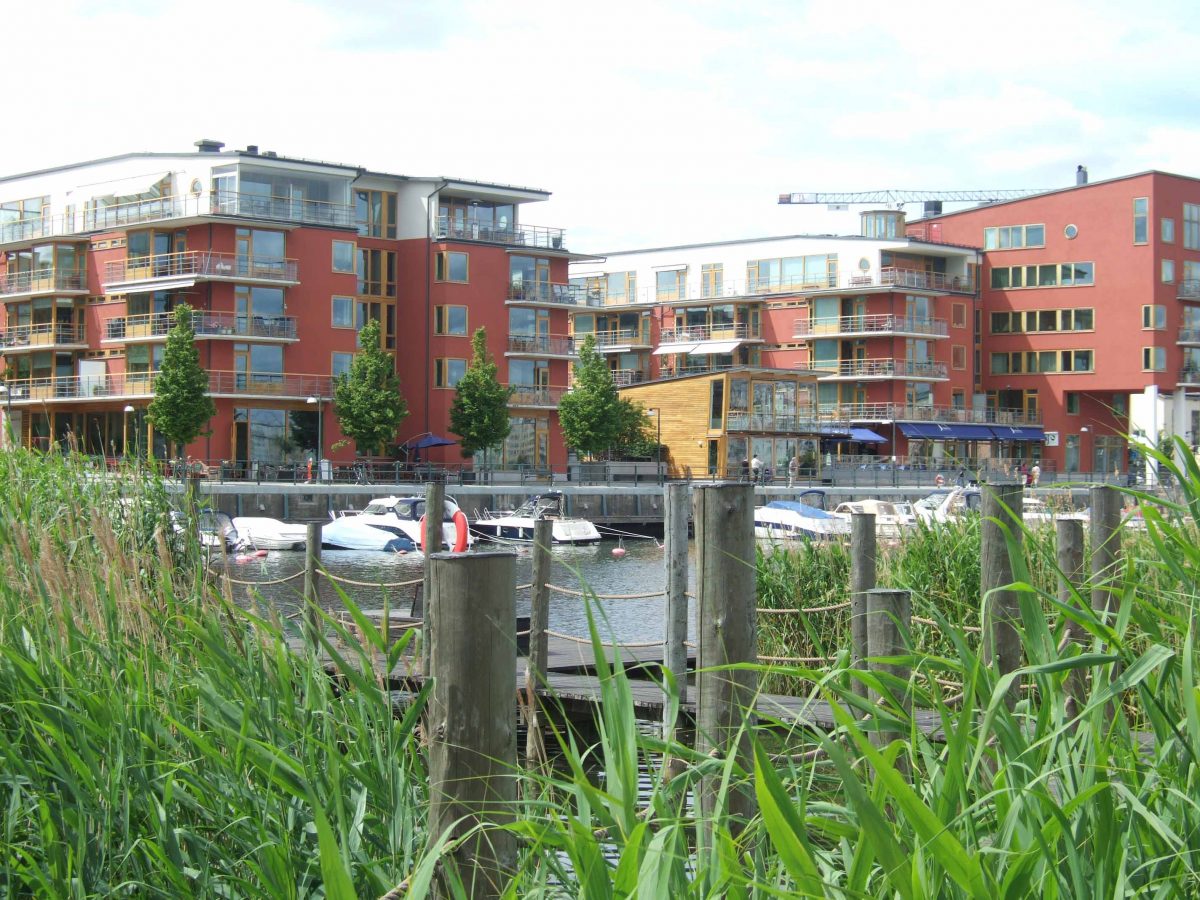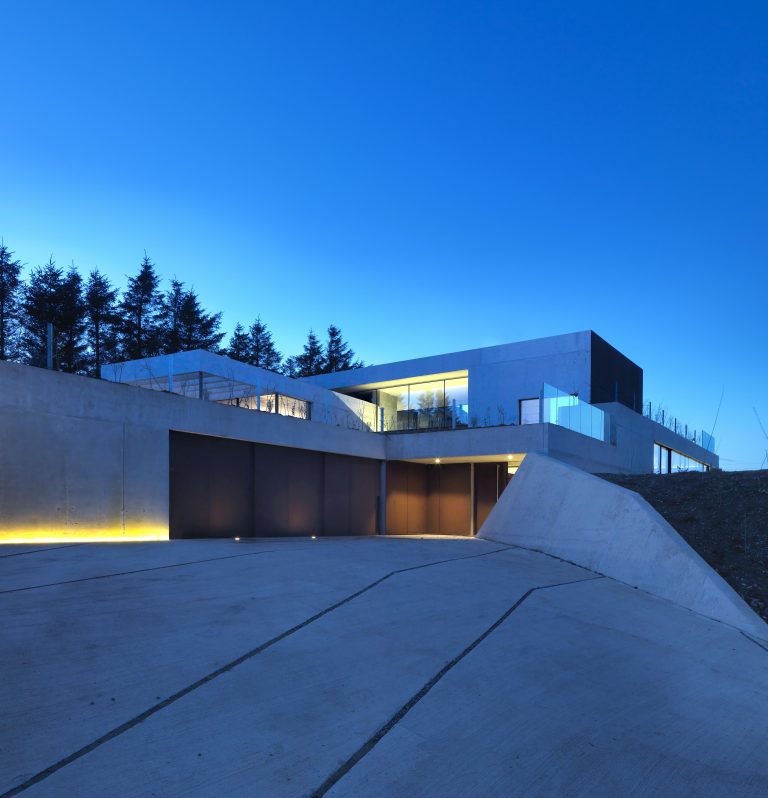To celebrate World Book Day 2022, we asked DCFW friends and colleagues for their book recommendations.
Cora Kwiatkowski
I always loved books. I generally read whatever falls into my hands and is recommended to me, and there is not enough space on my bookshelves to hold them all so some had to be banned to the loft, only to be pulled out again after a while, and some read again. As a teenager, my favourite place to read books on holiday was sitting about 5 meters up in a tree!
I do own a good selection of architecture and design books although more recently they have been replaced by newsletter and internet articles.
Nevertheless, sometimes there are books that catch my eye, and I just have to buy them, despite the lack of space. After visiting the Renzo Piano exhibition at the Royal Academy in London in September 2018 – January 2019, I was so inspired by the short film and interview by Thoms Riedelsheimer that was shown in the room where ‘Piano Island’ was built – a large model with all the project he has been working on – that I wanted to relive the experience and continue to be inspired by Piano’s ideas. ‘Renzo Piano: The Art of Making Buildings’ interpretive text centrepiece is a similar interview and it felt like Renzo Piano being in the room.
His work has followed me in my whole career. When I was a student, I was deeply impressed by the Jean-Marie Tjibaou Cultural Centre, Nouméa (1998), which comprises of elegant structures which combine tradition and context with modern engineering and cultural appeal. Now I see The Shard (2012), one of his more recent buildings, most times I am in London, a needle-sharp marker of the centre.
Piano talks about ‘beauty’ – a well-discussed word recently – and how incredibly complex it is. Something we all aspire to; it is being described like Atlantis. Something you look for but that you’ll never find- but you can come close. Our job as architects is about creating places for people and bringing the beauty to the world we live in.
Taking a step back from the daily design work and all its challenges, it is lovely to be reminded about the importance of our jobs and the impact our buildings can have.
I’m currently reading ‘Spring Cannot Be Cancelled’ – David Hockney in Normandy’. A reminder of the power of art for distraction and inspiration. This life-affirming correspondence between two old friends – Hockney and Martin Gayford – not only lets us take part in their life but is also very personal – David Hockney’s simple way of life in the middle of lockdown, getting closer to nature again and enjoying being undistracted. Be prepared for more book recommendations and enjoy beautiful drawings, some previously unpublished. David Hockney shows us how to see things and how his life has changed, concentrating on the essential things in life. Highly recommended!
Cora Kwiatkowski is a Divisional Director at Stride Treglown and a DCFW Commissioner.
Links:
Read and watch the text and films from the Renzo Piano exhibition film here. This 17-minute, dual-screen film installation was commissioned especially for the exhibition. © Royal Academy of Arts, London, 2018. A film by Thomas Riedelsheimer.
Buy the books:
Renzo Piano: The Art of Making Buildings
Spring Cannot be Cancelled: David Hockney in Normandy
Jon James

Books and the variety of reading inspires us all in many ways – I have always tried to mix architectural essays with books that can give a me an alternative cultural view that I will never experience myself. I have a bit of a bad habit of having a few books on the go at the same time and tend to stop and restart: sometimes months apart!
I currently have two books on the go Gandhi’s autobiography: The Story of My Experiments with Truth and I have also just started Still Breathing: Black Voices on Racism – 100 Ways to change the narrative. Both are about first-hand experiences and insights that simply make you sit up and think in so many ways about the reality and bravery of facing adversity. Almost everything I read is non-fiction, biographical/ autobiographical, however in contrast to this I recently read a book, highlighted for its reaching ideas called The Power by Naomi Alderman. The story in its simplest terms is about women gaining powers to become the dominant gender in the world. It is brilliantly written, thought provoking and gripping from start to finish.
In relation to Architecture, there are a number of books that stand out for me. Most are classic reading for an Architect but none the less important and have inspired me throughout my career. Le Corbusier’s Towards a New Architecture is important for its arguments in generating discussion at various levels. It ranges from the human modular scale to the city wide urban planning. It reminds me to think wider in context and learn from the past, it encouraged me to travel as much as I can and understand historic places such as the Acropolis. This in turn informs the future, but we must also be in the present and not simply recreate the nostalgia of the past. This seems particularly poignant to me as we urgently face the climate emergency; and that leads me to Richard Rogers’ brilliant Cities for a small planet (and the complementary Cities for a small country), written some 25 years ago it rings true on many fronts today. Most significantly is how culturally a shift is needed to change what we perceive as value in our built environment which has been dominated for decades by real estate making money. I like to think this is now changing and that the emphasis is now on sustainability.
Aside from the written text, being in a visual profession, I enjoy books without words as well. Some books feature design ideas/ buildings/ details and materials of how our buildings and spaces are made and what they are made of.
Finally, as an amateur cyclist and living in South Wales I have enjoyed my signed autobiographical accounts by Geraint Thomas, Tour De France Winner. In particular his adventures, over and around the hills, Valleys and Mountains of South Wales. Anyone who has cycled them can relate to his experiences, even if it is at a slightly different pace!
World Book Day is a great excuse to stop, reflect and share. I am looking forward to reading other people’s recommendations so I can continue to find new inspiration.
Jon James is a registered Architect, a certified Passive House designer, and a DCFW Commissioner.
Buy the books:
An Autobiography – M K Gandhi
Still Breathing: 100 Black Voices on Racism–100 Ways to Change the Narrative
The Power – Naomi Alderman
Towards a New Architecture – Le Corbusier
Cities for a Small Planet – Lord Richard Rogers
Cities for a Small Country – Lord Richard Rogers
The Tour According to G: My Journey to the Yellow Jersey – Geraint Thomas
World of Cycling According to G – Geraint Thomas
Mountains According to G – Geraint Thomas
Gayna Jones
Invisible Women – Exposing Data Bias in a World Designed for Men by Caroline Criado Perez opened my eyes to ‘how in a world largely built for and by men, we are systematically ignoring half the population’. I am a woman in a world designed by men!
My journey to the Design Commission began in social housing, where design can be poor. Reading this book, my experience began to make sense.
In my kitchen, some cupboards are high. Most men could reach, but as a 5’4” woman, I can’t. Criado-Perez points out ‘seeing men as the human default is fundamental to the structure of human society’ and she provides lots of data to prove it. A simple example is the way things as diverse as a piano and a smartphone are designed for the average size of a male hand.
She demonstrates that cars are designed for and by men, creating real safety issues for women. A frustrating example for me is car seat belts; I have never found a comfortable one!
Housing estates are largely designed for the needs of cars rather than people often ignoring the needs of children in particular. Partly due to the pandemic we are moving away from valuing cars over pedestrians, but most estates are still designed around highways, car parking and car use. The transport profession is highly male dominated. Criado-Perez says, ‘the available research makes bias toward typically male modes of transport clear’. Transport is designed largely around male travel patterns – by default; two daily journeys to and from work, rather than multiple trips to school, shops, relatives, healthcare. It caters for men travelling on their own, rather than women who travel with shopping, buggies, children, or elderly relatives. ‘Rough, narrow and cracked pavements littered with ill placed street furniture combined with narrow and steep steps makes travelling around a city with a buggy extremely difficult’. Many women feel unsafe in public places like bus stops, yet urban places are designed taking no account of this. Street lighting is given little or low priority.
Another good example, is from Sweden, where they prioritised clearing snow from roads for cars, rather than from the pavements which are mostly used by women pedestrians. Changing this priority dramatically decreased accidents.
This book helps you see why things are as they are & how a change in focus is long overdue. I highly recommend it.
Gayna Jones is the Chair of the Design Commission for Wales.
Buy the Book:
Invisible Women: Exposing Data Bias in a World Designed for Men – Caroline Criado-Perez
Martin Knight
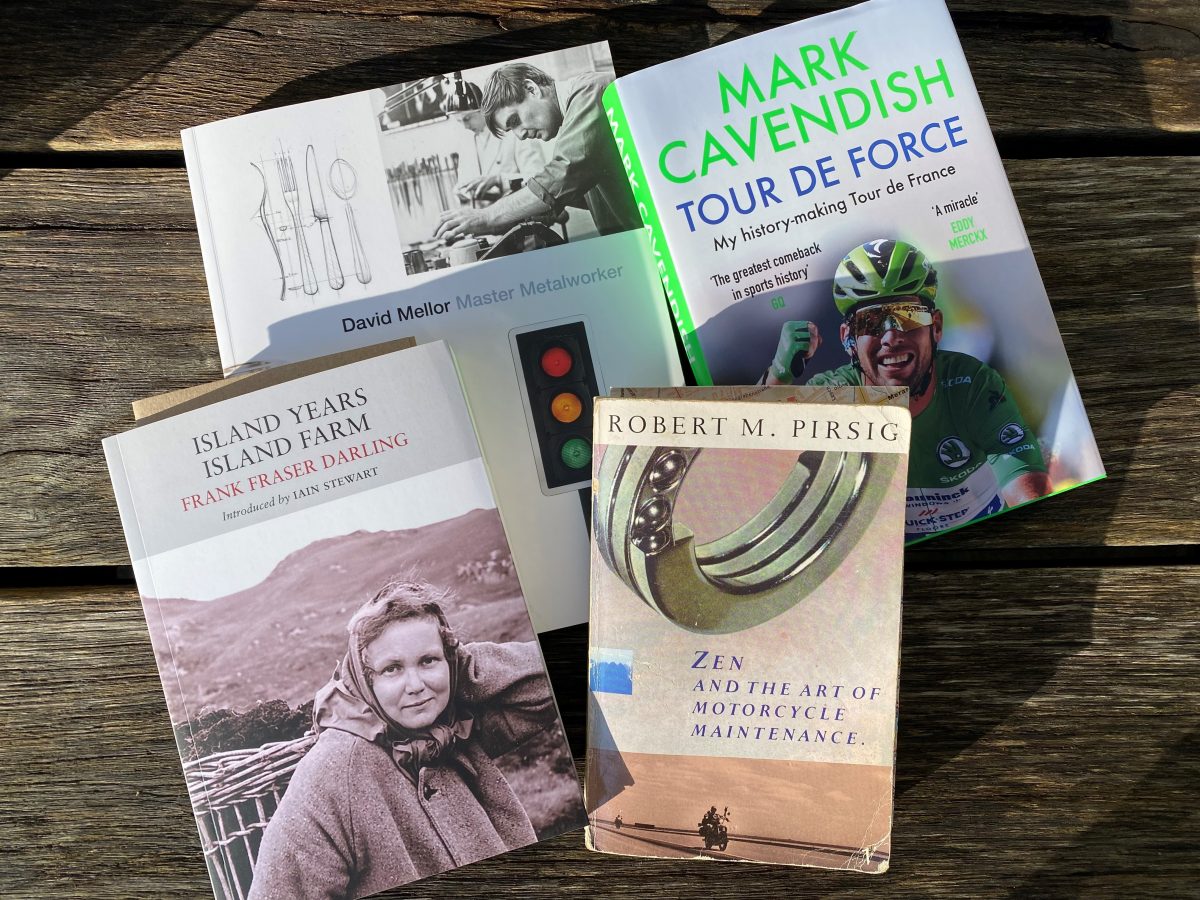
I love being surrounded by books, even though I often cannot imagine when I will find time to read them. January brings a rare opportunity, with long nights and a logjam of birthday and Christmas books to work through.
I have selected four books to celebrate World Book Day, three of which are current and encompass reading for pleasure as well as knowledge. The fourth I have read many times and is a source of inspiration and enlightenment as well as enjoyment.
I recently bought David Mellor: Master Metalworker while visiting the David Mellor Cutlery Factory in Hathersage, Derbyshire. Although aware of their handmade cutlery and beautiful factory in the Peak District, designed by Hopkins Architects, I knew less about the role of David Mellor in post-war British design. His work includes exquisite tableware for society events and street furniture that is immediately familiar, including the iconic British traffic lights, pedestrian crossing (with the inviting button that every child has pressed), and bus shelters. The importance of design, whether for extraordinary events or everyday life, is lovingly chronicled.
The daily trials of last year’s Tour de France are told first-hand with brutal honesty in Tour de Force, by Mark Cavendish. The fast-paced narrative is even more powerful given his return from several years of illness, injury and poor form. It is gripping to read the painstaking preparation of athlete and machinery – always under the scrutiny of a sport with a dirty history – combined with the supreme self-belief of an elite athlete.
My uncle loaned me his copy of Island Years, Island Farm by Frank Fraser Darling last summer (I have since bought my own!), following a conversation about our own island heritage. Another account of an arduous pursuit – measured in seasons rather than in split-seconds – this chronicles one family’s true adventures on various tiny Scottish islands in the 1930s, observing wildlife and learning to farm. It describes a slow, rewarding and respectful relationship with nature that modern life has largely forgotten to its cost.
The final choice is my favourite book. Zen and the Art of Motorcycle Maintenance by Robert M. Pirsig is a story of a motorcycle road trip, of a father and a son, of philosophy and reality. The road trip is a metaphor for life and the storyteller explores themes including Quality and a Sense of Place, which resonate with my passion for bridge design.
Martin Knight is Founder and Managing Director of Knight Architects, and a member of the DCFW Design Review Panel.
Buy the books:
David Mellor: Master Metalworker
Tour de Force – Mark Cavendish
Island Years, Island Farm – Frank Fraser Darling
Zen and the Art of Motorcycle Maintenance – Robert M. Pirsig
Joanna Rees
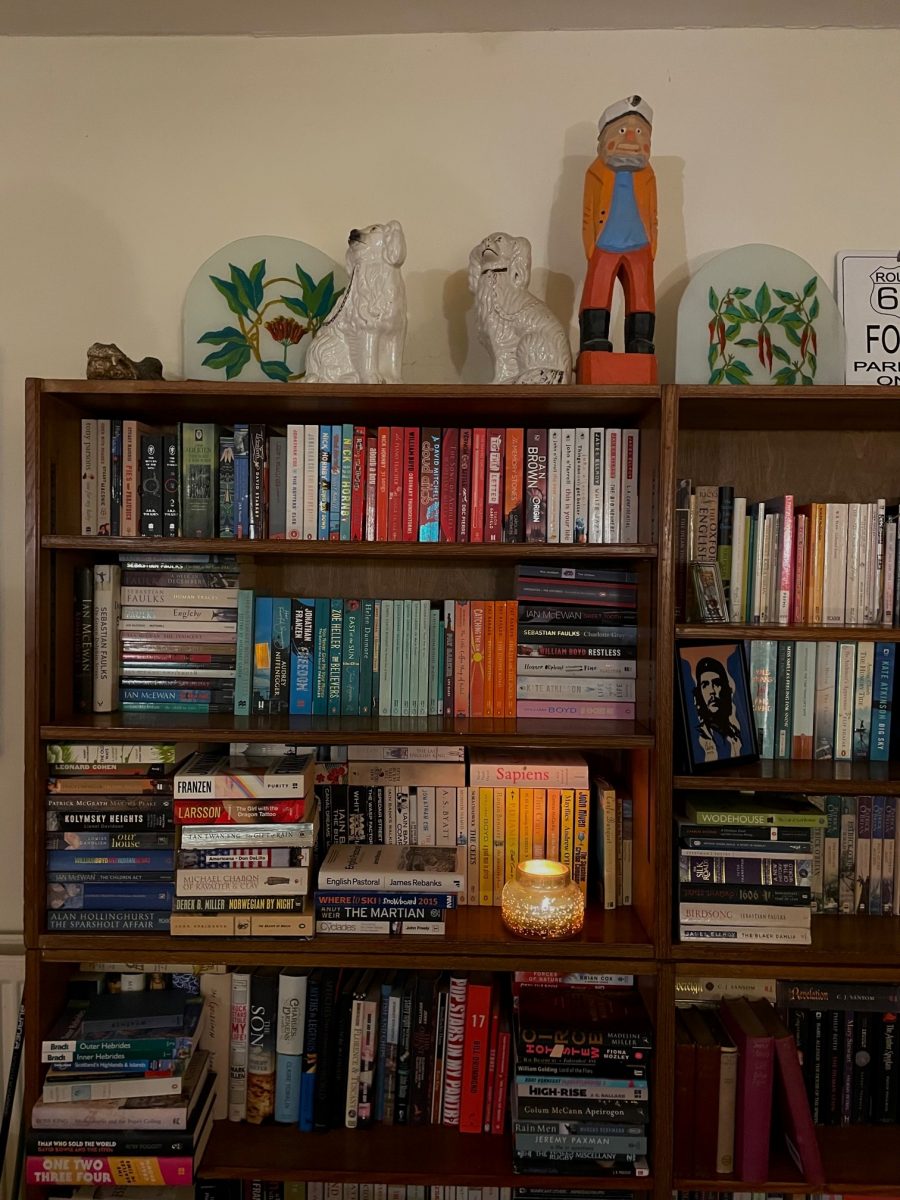
Wet 1980’s Saturday afternoons in Pyle Library. The smell of plastic lining and rustle of shushing. Books bought in Smiths in the Rhiw Centre and read in the car before we got home. The excitement of a birthday book token for Lear’s and a trip to Cardiff. It’s been a lifelong love of books, storytelling and the escapism they offer. I can’t pretend that reading was a great influence on my career; if my early years were anything to go by I would have been running a boarding school or doing pony jobs with Jill.
Now, I love books with a sense of place, history and architecture where I can step into another’s thoughts and landscape. From the opium wars of a Sea of Poppies (Amitav Ghosh), to war torn Penang and divided loyalties of The Gift of Rain (Tan Twan Eng) I like being transported back in time and made to think. It’s the books that stay with you, wondering whether the Sealwoman’s Gift (Sally Magnusson) based on a pirate raid of Iceland in 1627, and the family taken in slavery to Algiers, were better off eating pomegranates by the fountains or stuffed puffins on the windy cliffs.
Nature writing too, Robert Macfarlane’s glorious writing of the British landscape on land, language and the Underland. James Rebanks’ Shepherd’s Life with his Hardwick Sheep and the challenges of restoring traditional farming in the Lake District. Not to forget the delight of a small anthology of poetry. John Clare’s feeling for nature, Robert Frost’s two road diverging in that wood and Hardy’s Darkling Thrush. And that Boathouse in Laugharne offering up, ” the mussel pooled and the heron Priested shore”
Finally, for insomnia, always poetry and always Mary Oliver for hope and Wendy Cope for that wistful sardonic twist.
Joanna Rees is a Partner at Blake Morgan, and a DCFW Commissioner.
Buy the books:
Sea of Poppies – Amitav Ghosh
The Gift of Rain – Tan Twan Eng
The Sealwoman’s Gift – Sally Magnusson
The Shepherd’s Life – James Rebanks
Faber Nature Poets: John Clare
The Collected Poems – Robert Frost
New and Selected Poems – Mary Oliver
Serious Concerns – Wendy Cope
Links:
Read ‘The Darkling Thrush’ by Thomas Hardy online.
Read ‘A Poem in October’ by Dylan Thomas online.
An article on John Clare’s poetry.
Fiona Nixon

There seems to be a common thread to all my favourite fiction books, and that is, a strong sense of place, or a building that is central to the plot. I love a well-researched book and one set in a real place. Is it just me that checks out the locations out on Google Earth?
My all-time favourite, and one I frequently recommend is Oscar and Lucinda by Peter Carey. There are just so many fascinating elements to Carey’s masterful storytelling; the excruciatingly awkward Oscar, the unconventional Lucinda and her trials working in a man’s world in the late 1800s, scandalously drawn together by their gambling addictions. The detailed and humorous narrative shifts seamlessly between the different characters’ perceptions of the events that unfold. I love the facts and metaphors around glass, particularly the Prince Rupert’s drop – a ‘firework’ in the world of glass manufacturing. The story is drawn from miscommunications and misunderstandings and culminates in the transportation of a glass church over unchartered land and down the Bellinger River.
The Bone People by Keri Hulme is a more challenging read. Set in New Zealand with Maori influences, it is an unconventional story of love and relationships between a woman, a man and a child, but with themes of isolation, fear and violence. Kerewin lives in a stone tower, which she deconstructs and rebuilds in a different way, symbolising the changes in her life.
In the last year I’ve read two more excellent books with houses at their cores, both coincidentally set in the outskirts of Philadelphia. The Dutch House by Ann Patchett, centres on a family’s attachment to a large eccentrically designed suburban house – More glass, more misunderstandings and more bad decisions. Unsheltered by Barbara Kingsolver follows two families living in the same house at different times, 1870 and 2016, each struggling to maintain the house and keep their families together. It has more contemporary themes of capitalism, poverty, feminism and mental health.
What am I reading now? Well a slight shift from buildings, and not fiction, but definitely deeply rooted in place – English Pastoral by James Rebanks. ‘A story of how, guided by the past, one farmer began to salvage a tiny corner of England that was now his, doing his best to restore the life that had vanished and to leave a legacy for the future.’ I’m only two chapters in, but I think I’m going to enjoy it.
Fiona Nixon is an Architect, a DCFW Commissioner, and a former Head of Estates Projects at Swansea University.
Buy the books:
Oscar and Lucinda – Peter Carey
The Bone People – Keri Hulme
The Dutch House – Ann Patchett
Unsheltered – Barbara Kingsolver
English Pastoral – James Rebanks
Jamie Brewster
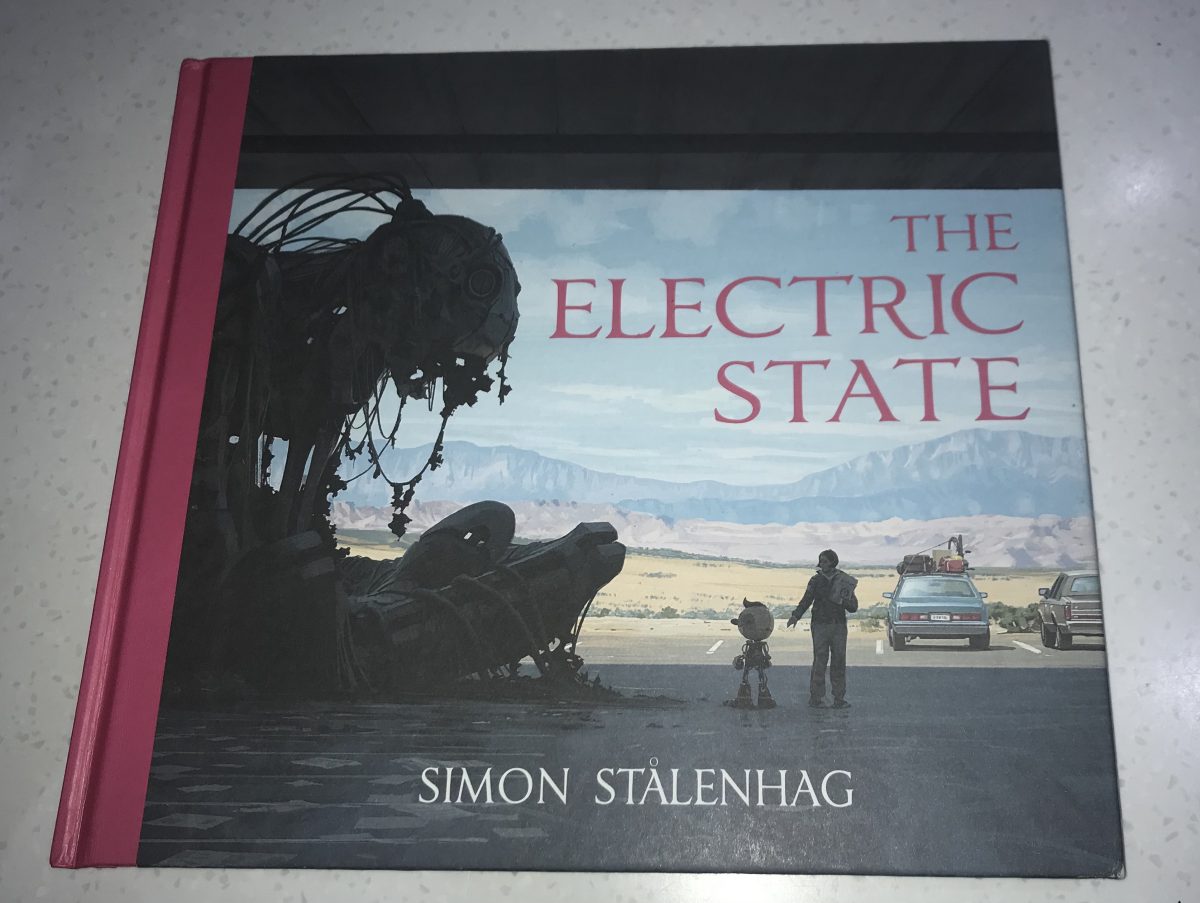
The Electric State – Simon Stålenhag
I first discovered the work of Simon Stålenhag six years ago. Whilst searching the web for imagery I came across his arresting images which at first glance seemed convincingly real. Almost photo-realistic in execution, it was only the subject matter, the strange juxtaposition of rural landscape with other-worldly infrastructure and technology that suggested otherwise. I delved deeper and encountered an extensive portfolio of beautiful paintings, all sharing that unsettling quality in combining the everyday with the unusual. With clear influences of Syd Mead, Ralph McQuarrie and Edward Hopper, the appeal was even greater in realising that what were assumed to be paintings in oil/acrylics were in fact 100% digital. On his website, he frequently shares magnified extracts of his ‘paintings’, generously explaining his technique. I have spent hours ‘reading’ his imagery, marveling at the supreme skill in digital image-making.
And yet he is also a skilled writer. The images are created to support fascinating stories which reminisce on alternative histories. Firmly steeped in sci-fi, his is a reverse-engineered vision of the future viewed through a nostalgic lens. Having concentrated his story telling on his native Sweden in his first two books, The Electric State takes place in a reimagined version of American history.
A road trip with a difference: the story traces the journey of Michelle and her small robot companion Skip, from east to west coast. On the trip through what appears to be classic American landscape, they encounter strange yet beautiful structures, machines and a population in the grip of a techno-induced self -destruction. As the story progresses the mood and atmosphere of growing dread and darkness increases. The closing reveal of who/what Skip is adds a moving finale.
I’ve enjoyed this book many times using a different approach each time. Sometimes, I restrict my view to the images alone. Sometimes I do the reverse, focusing exclusively on the text. The experience is richly satisfying regardless how you choose to read the work. Either way, there is room for an ongoing interpretation whether using the visuals, the text or both as the source.
The common thread in Stålenhag‘s work, exemplified in The Electric State, is the idea of place. His ability to conjure real depictions of place by capturing mood and atmosphere through words and imagery makes this book hugely compelling and inspirational on so many levels.
Jamie Brewster is a Senior Associate Architect with DB3 architecture, and is a member of the Design Commission for Wales Design Review Panel.
Buy the book:
The Electric State – Simon Stålenhag
Steve Smith
As I Walked Out One Midsummer Morning – Laurie Lee
Moments of great change in a life are frequently marked by ceremony and public celebration. The change of leaving home for the first time is not one of these events. It is a marked by a powerful mix of parental sadness and pride, youthful anticipation and fear. The drama of the moment is concealed beneath commonplace salutations of farewell, and advice given sincerely but half in jest. The occasion is too personal, but also too momentous, to allow public ritual and ceremony to intrude on this private moment.
Leaving home is captured perfectly by the title and in the first pages of Laurie Lee’s book describing how he walked out from his childhood home to explore the world in 1934. Somehow he evokes the emotions of his mother without the use of a single word on the topic. Instead, there is a simple description of her waving farewell as he heads away carrying his violin to embark on this adventure and the next chapter of his life.
The tale that unfolds describes the encounters of this innocent and naive youth on the roads in Spain in the years before the cataclysm of WWII. He seems to travel safely through a simpler word, sure of his invincibility- a privileged state of mind given only to wandering, innocent youth. Gradually his innocence is tempered by growing evidence of impeding civil war in Spain.
Any reader who encounters the first chapter of this book will be enriched by it. If they go on to read further they will discover an adventure that will live on in their enriched imagination.
Steve Smith is an architect, Founder and Director at Urban Narrative. He is also a member of the DCFW Design Review Panel and an advisor to the Design Commission for Wales.
Buy the book:
As I Walked Out One Midsummer Morning – Laurie Lee








